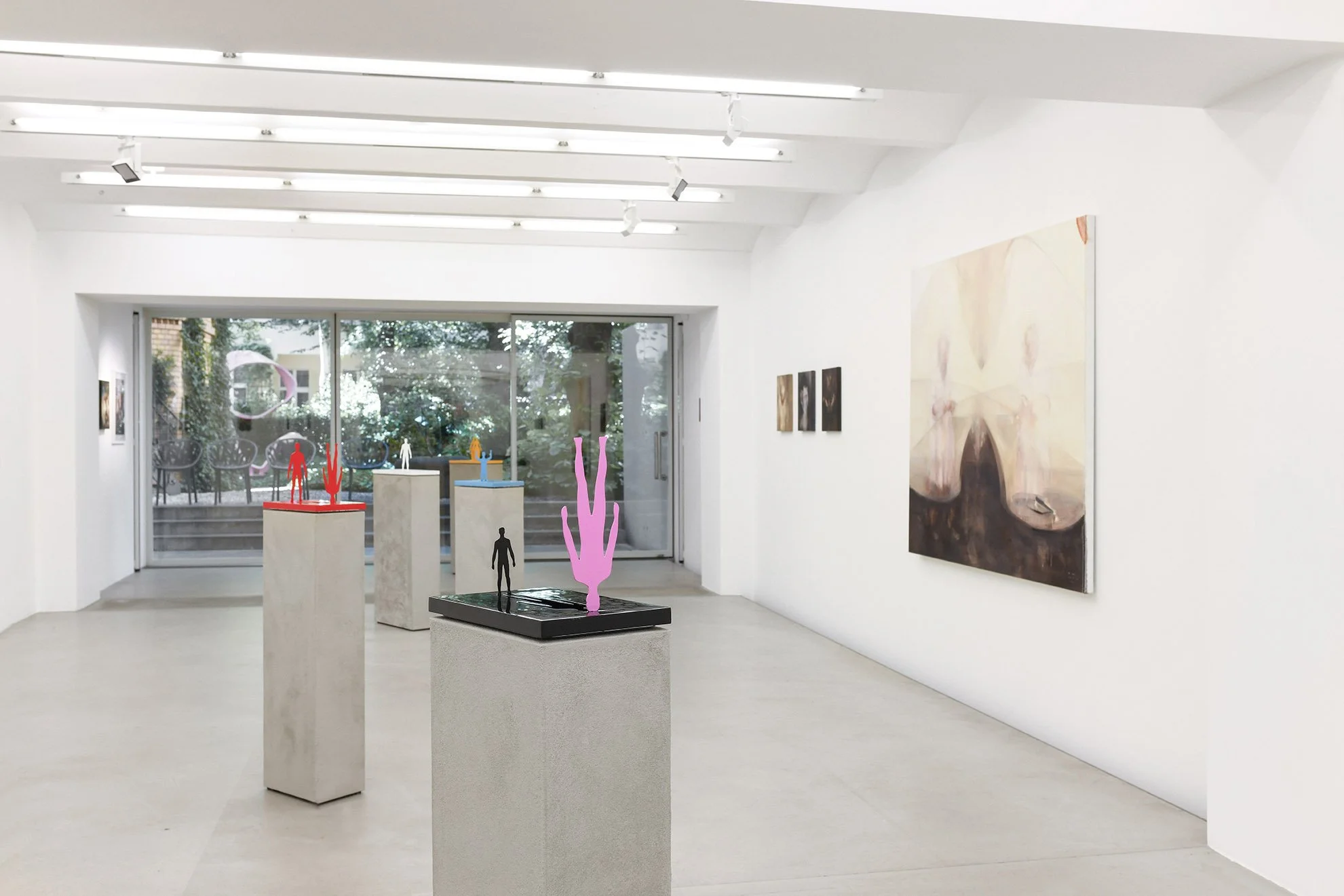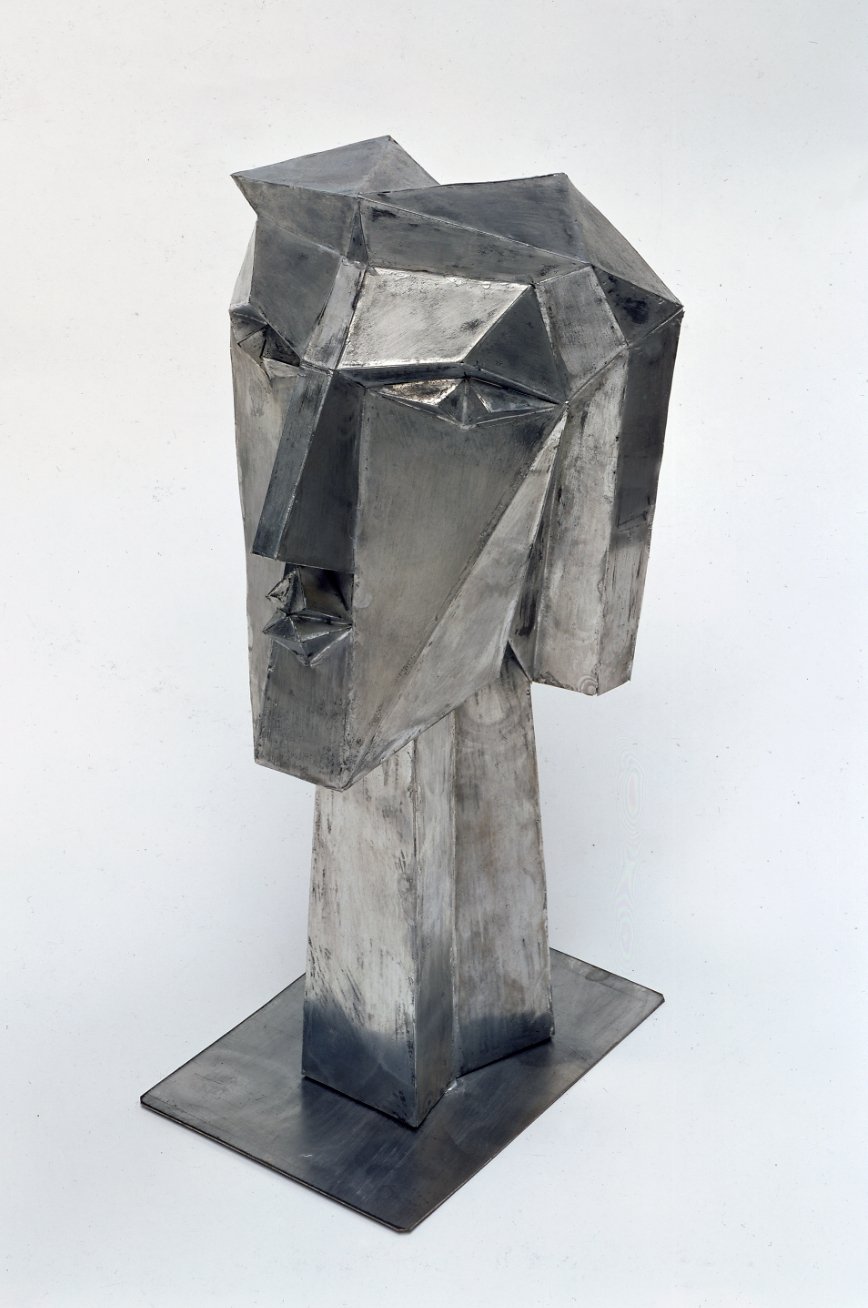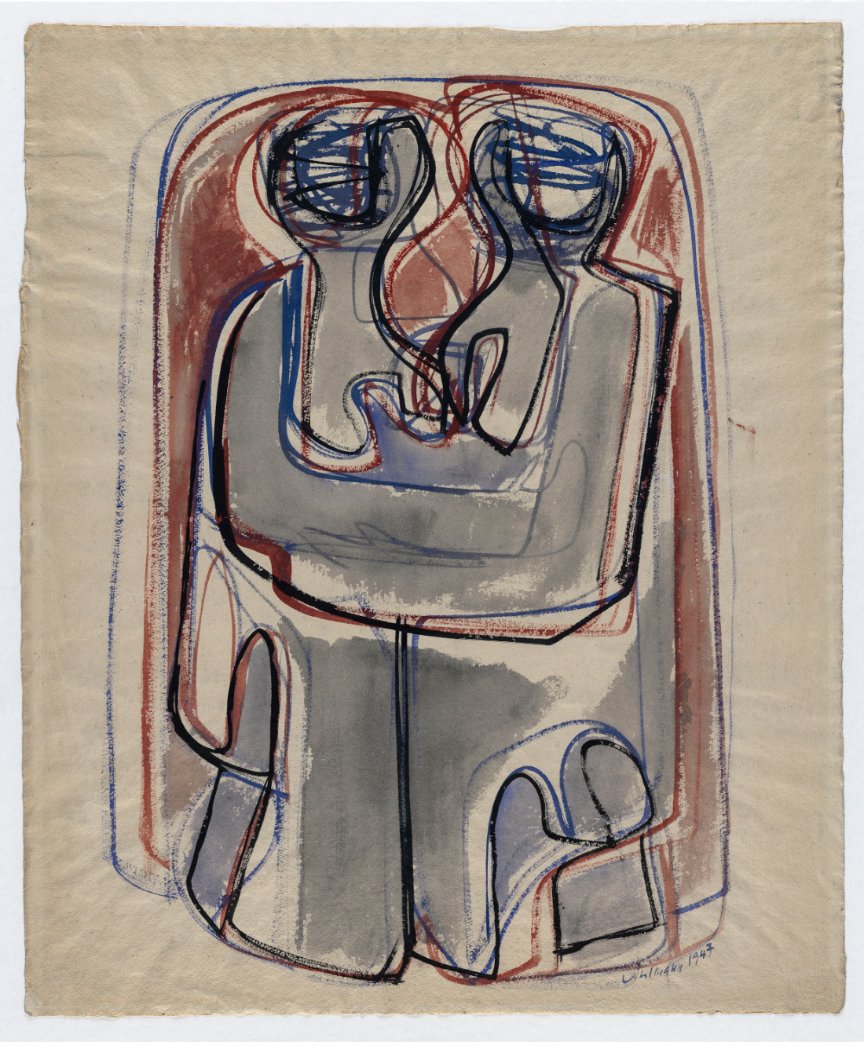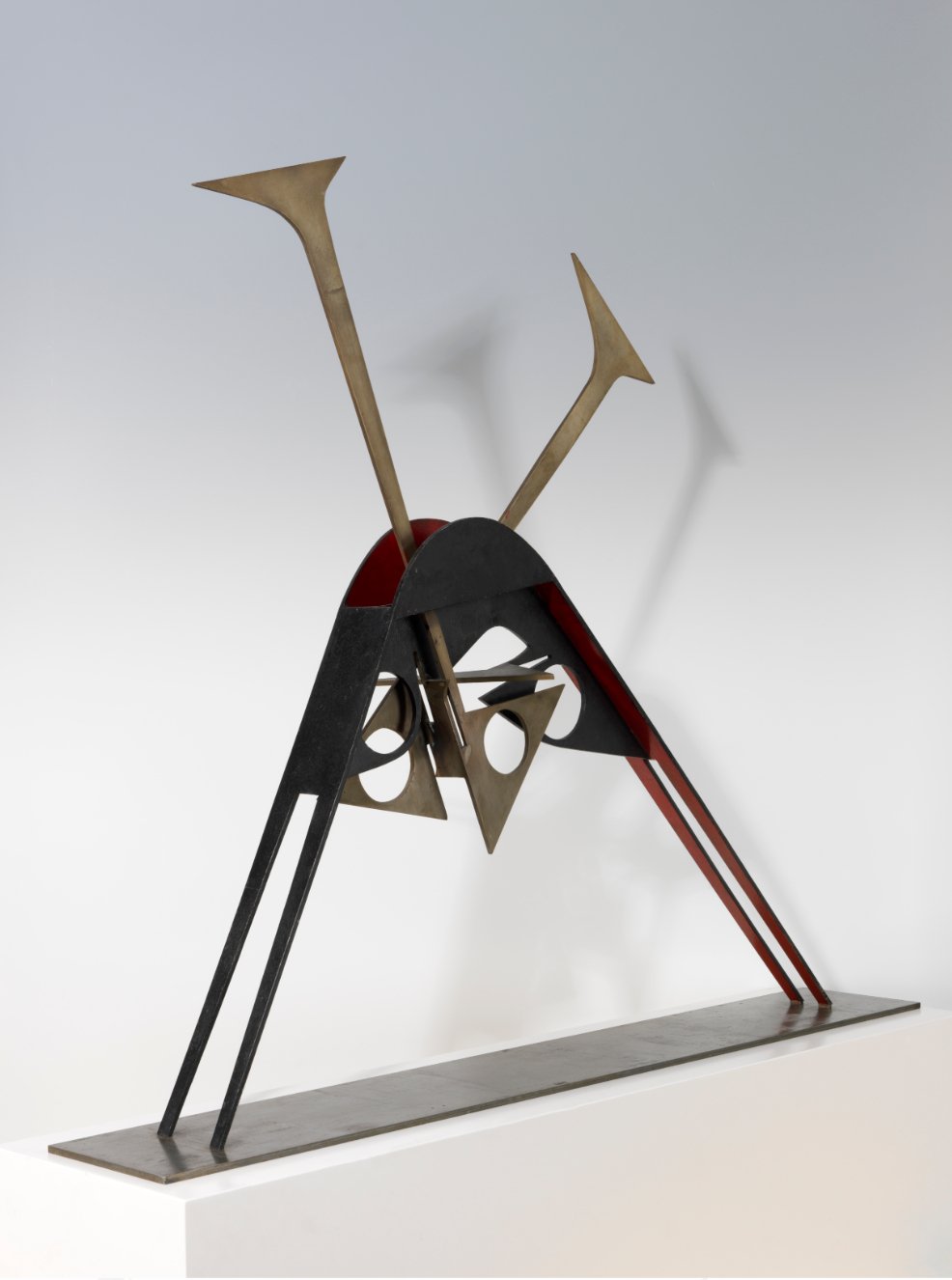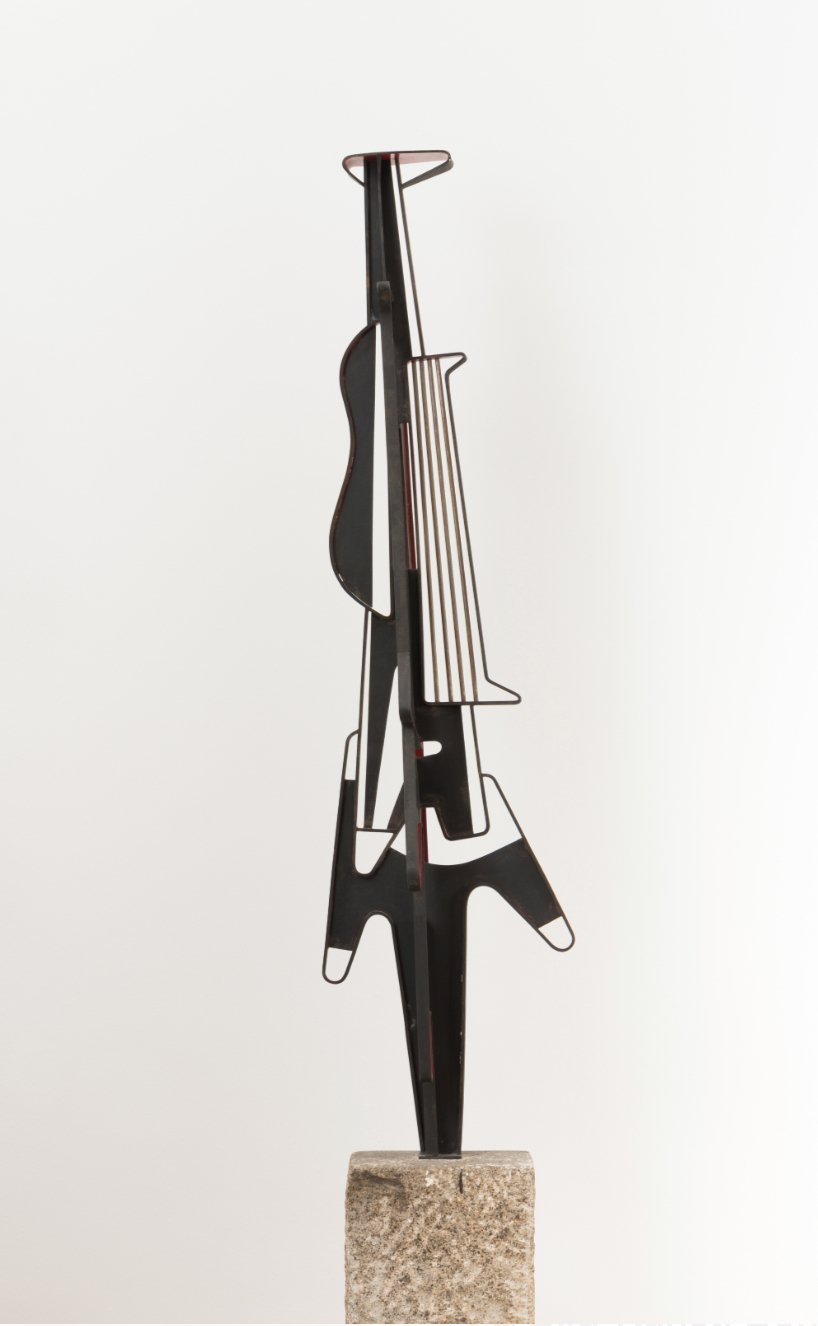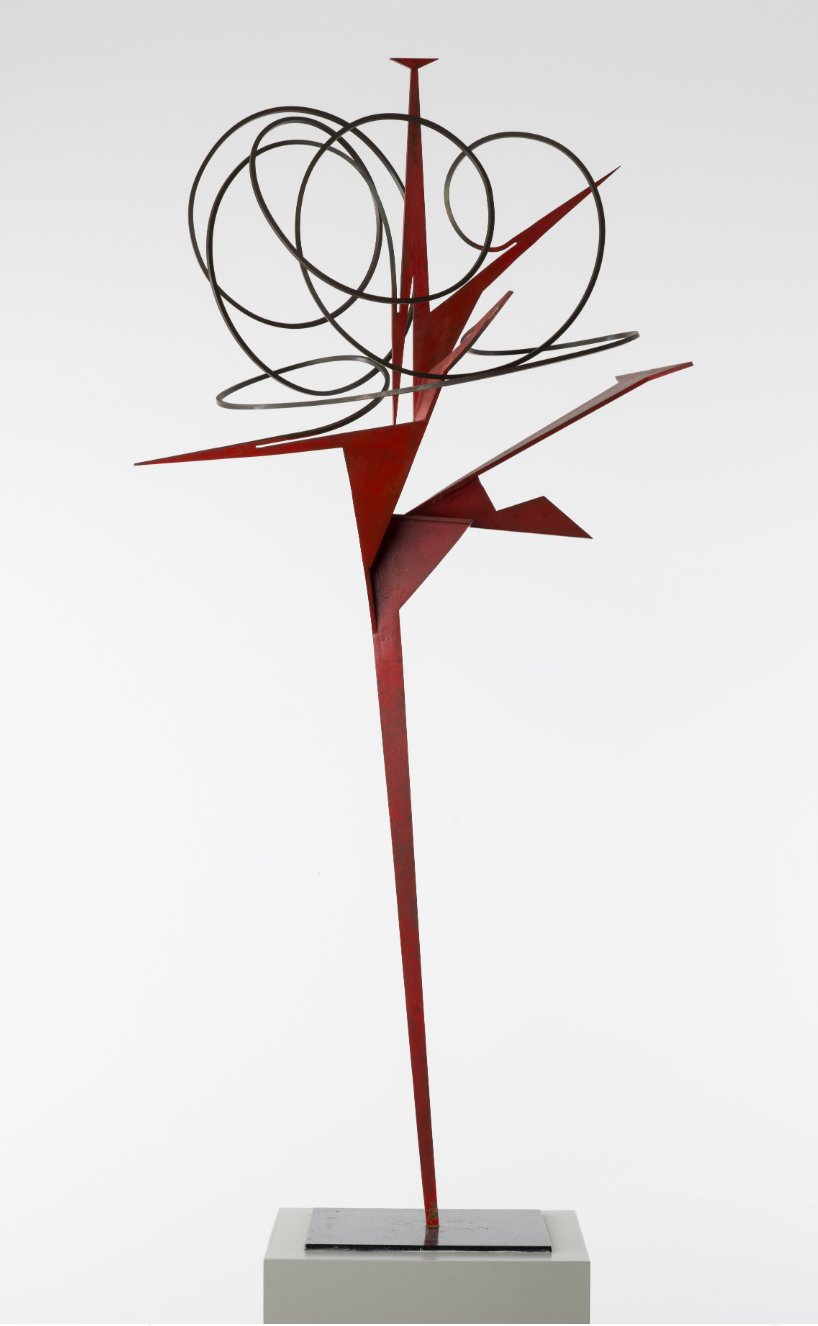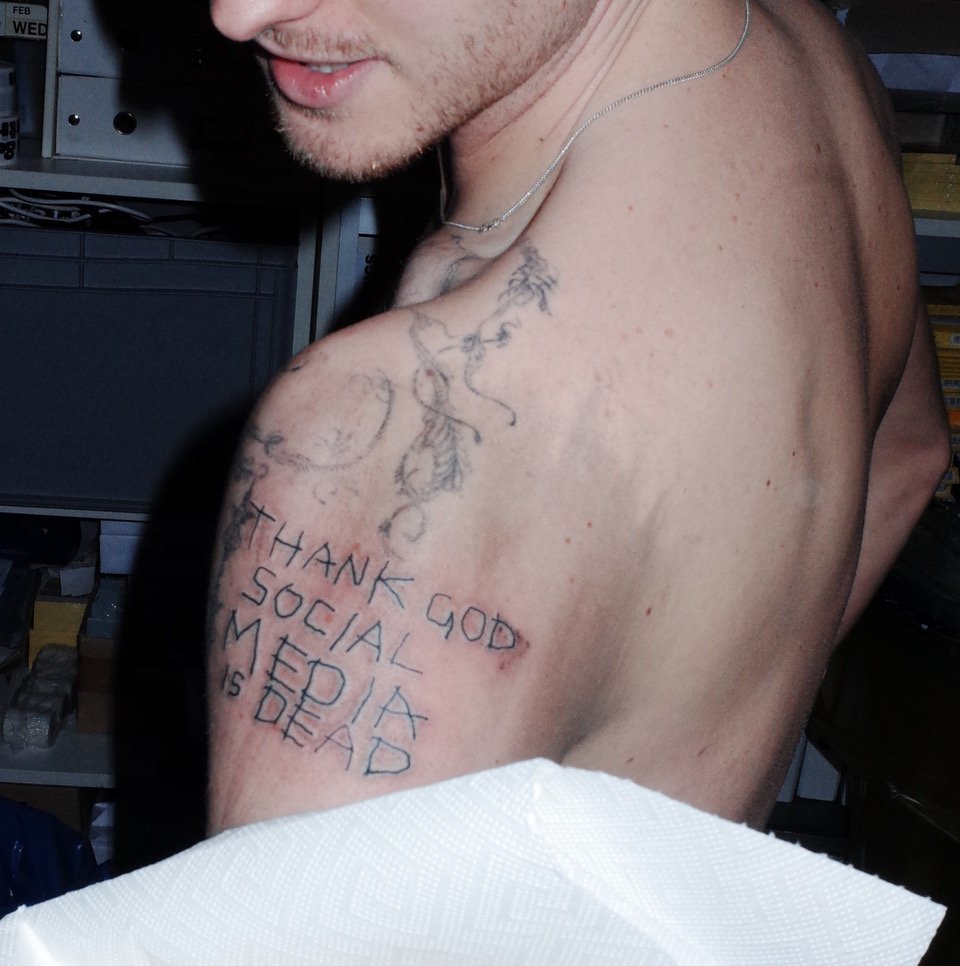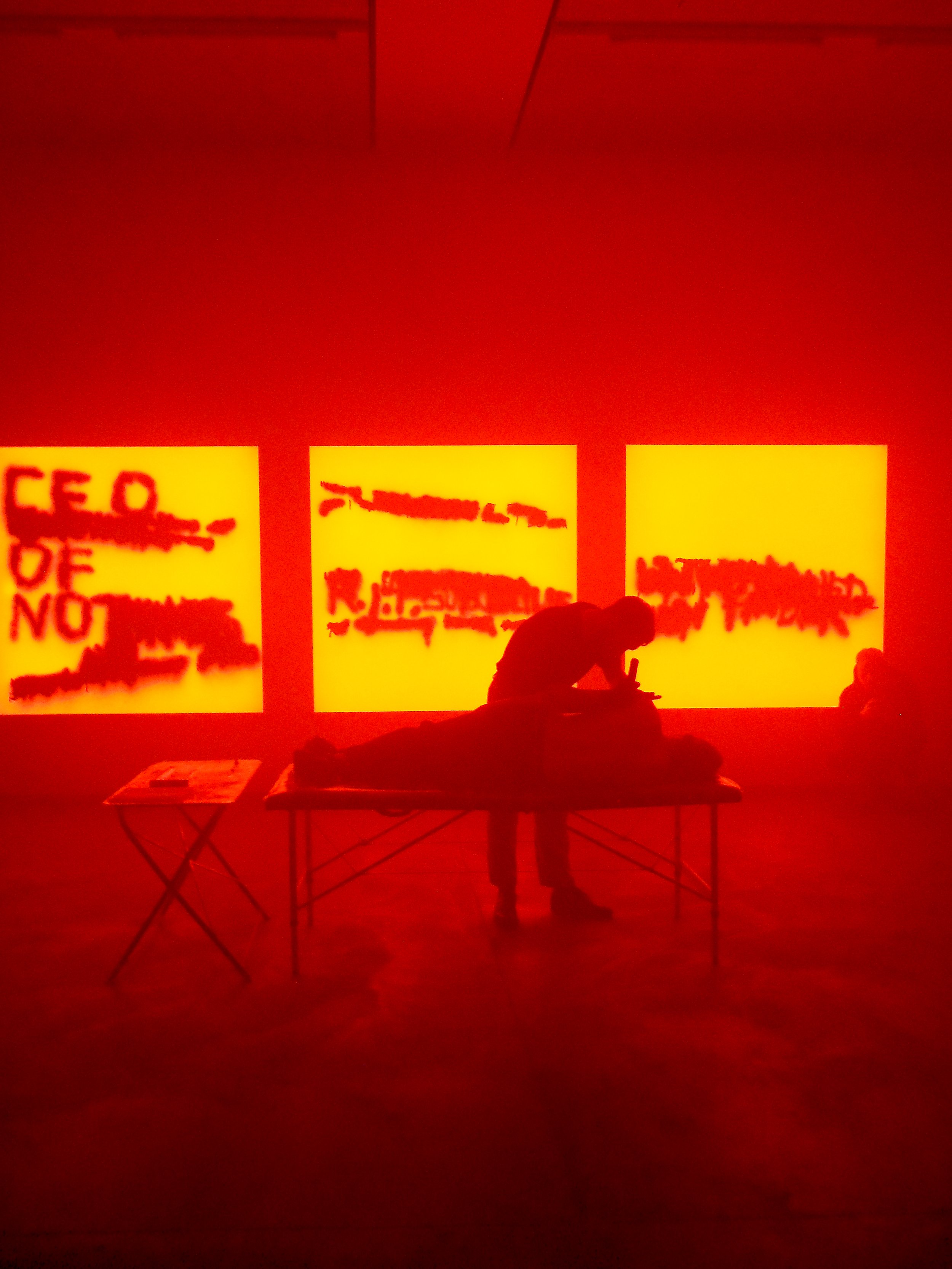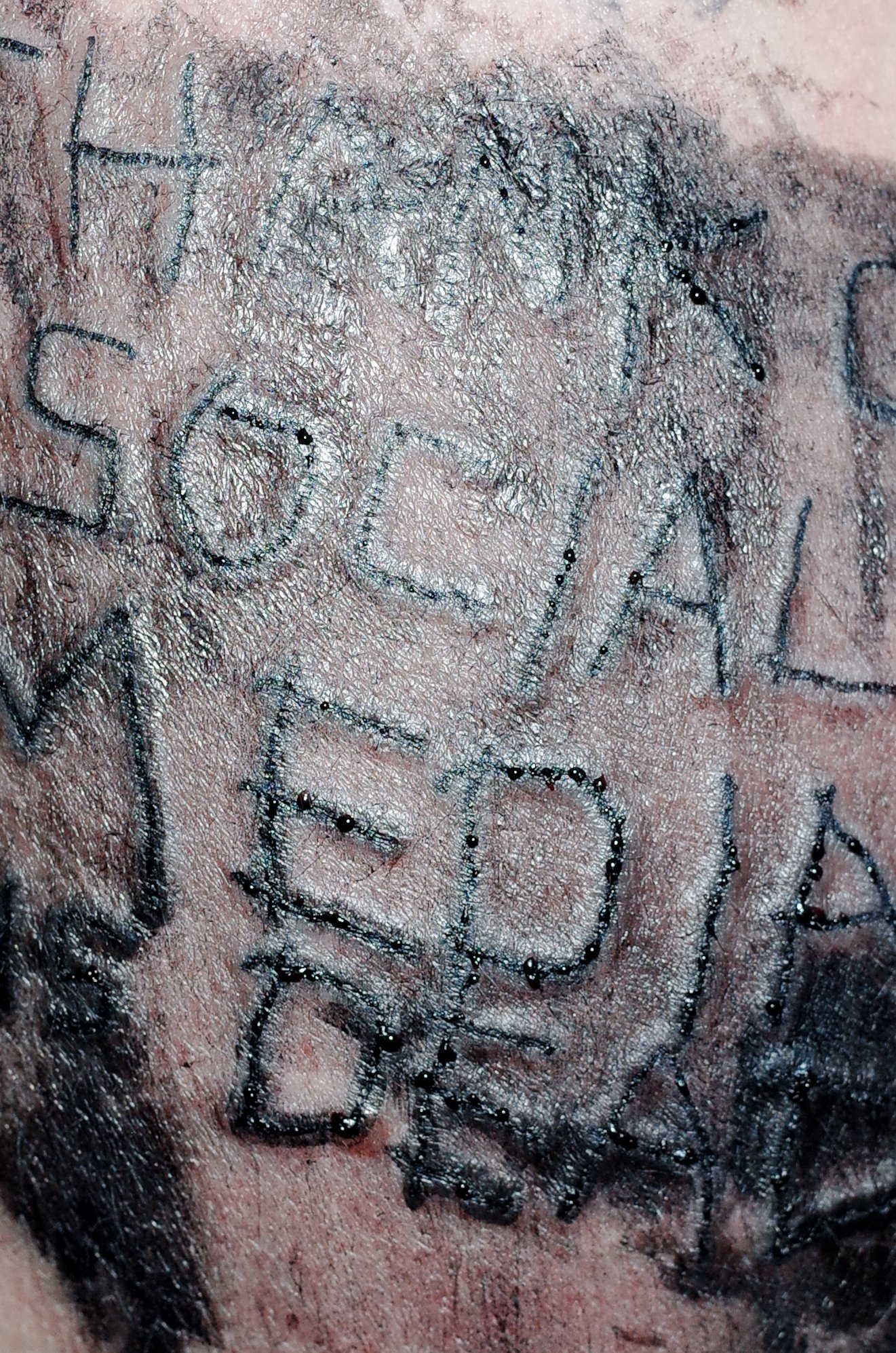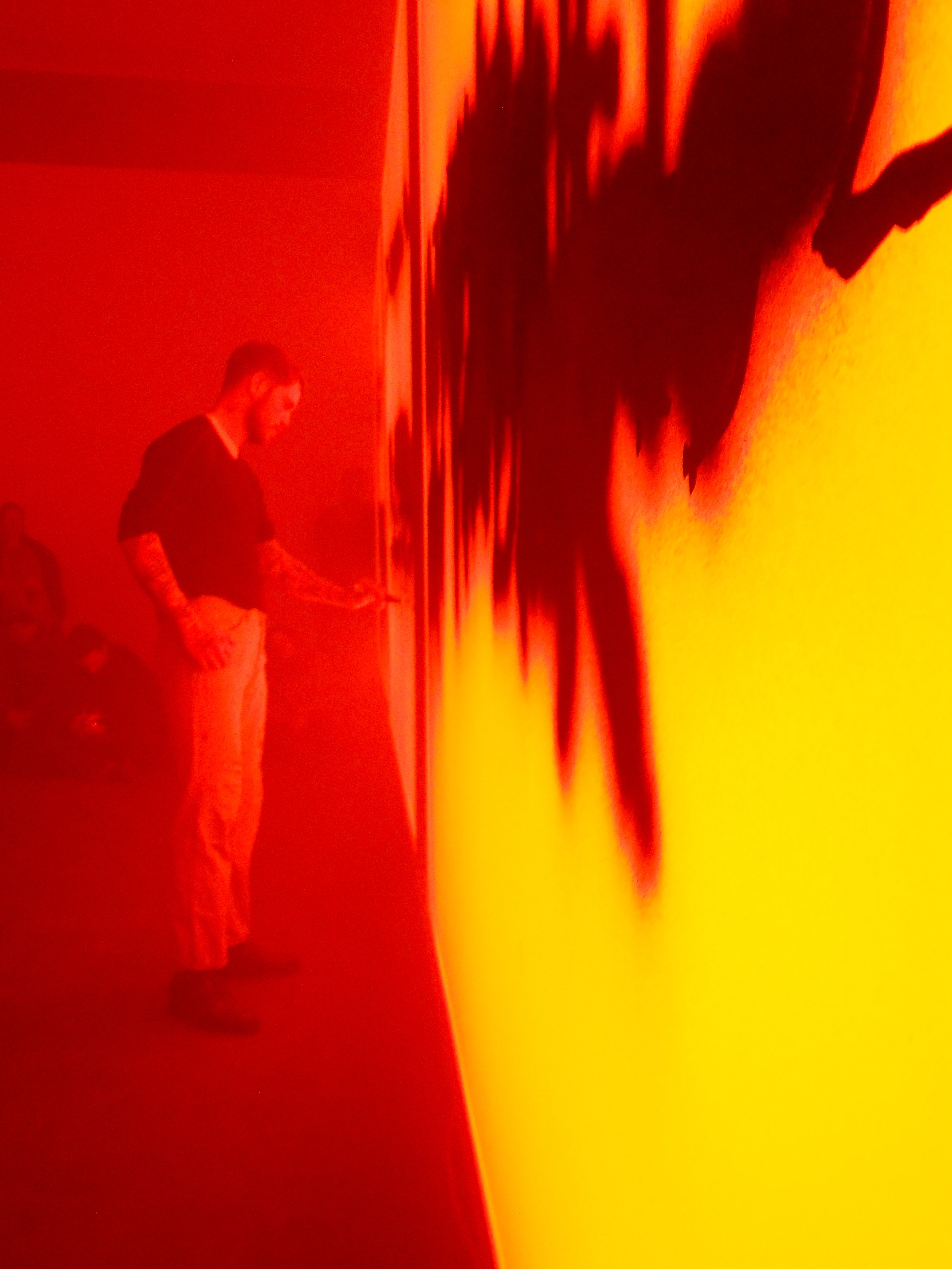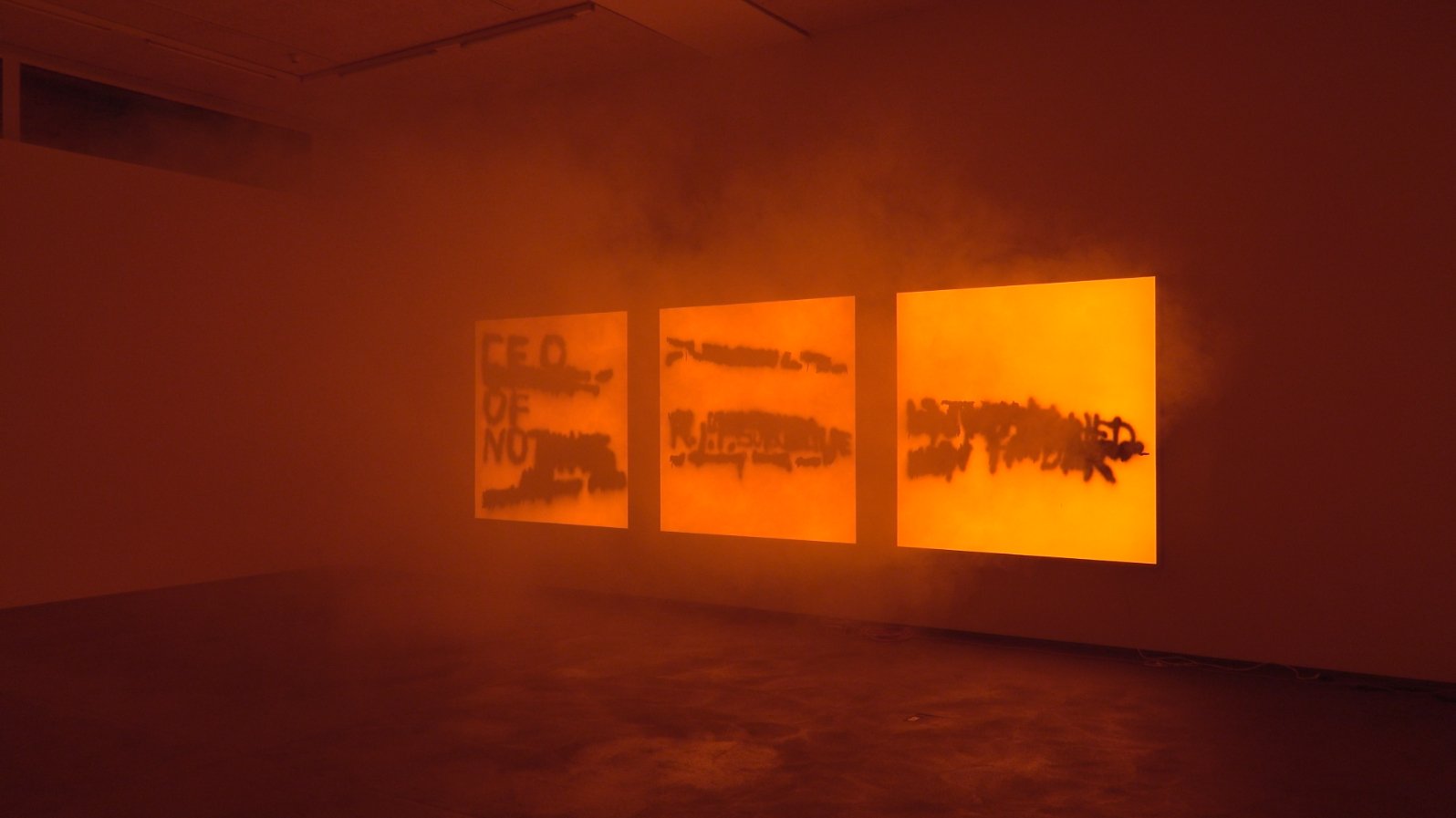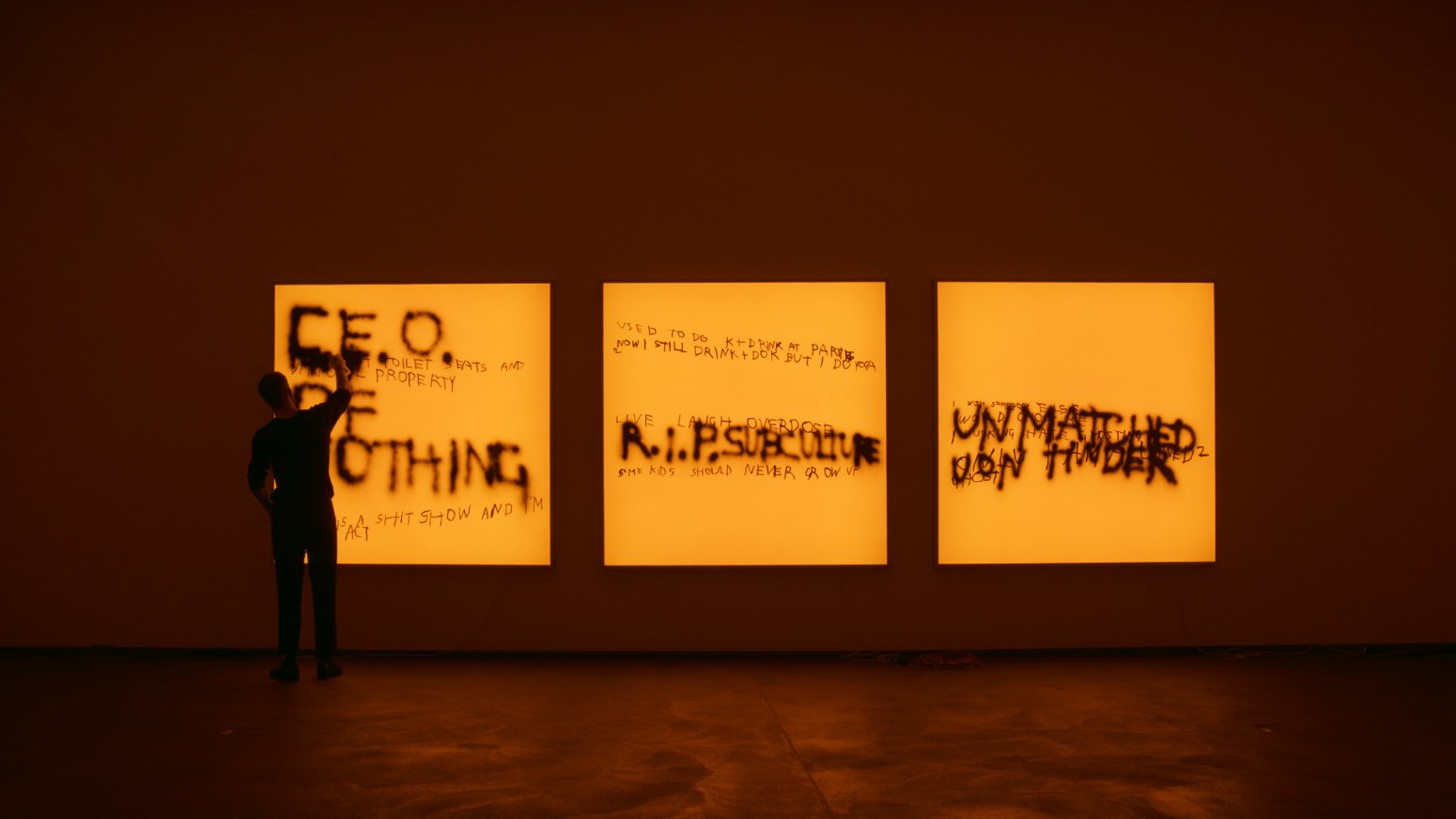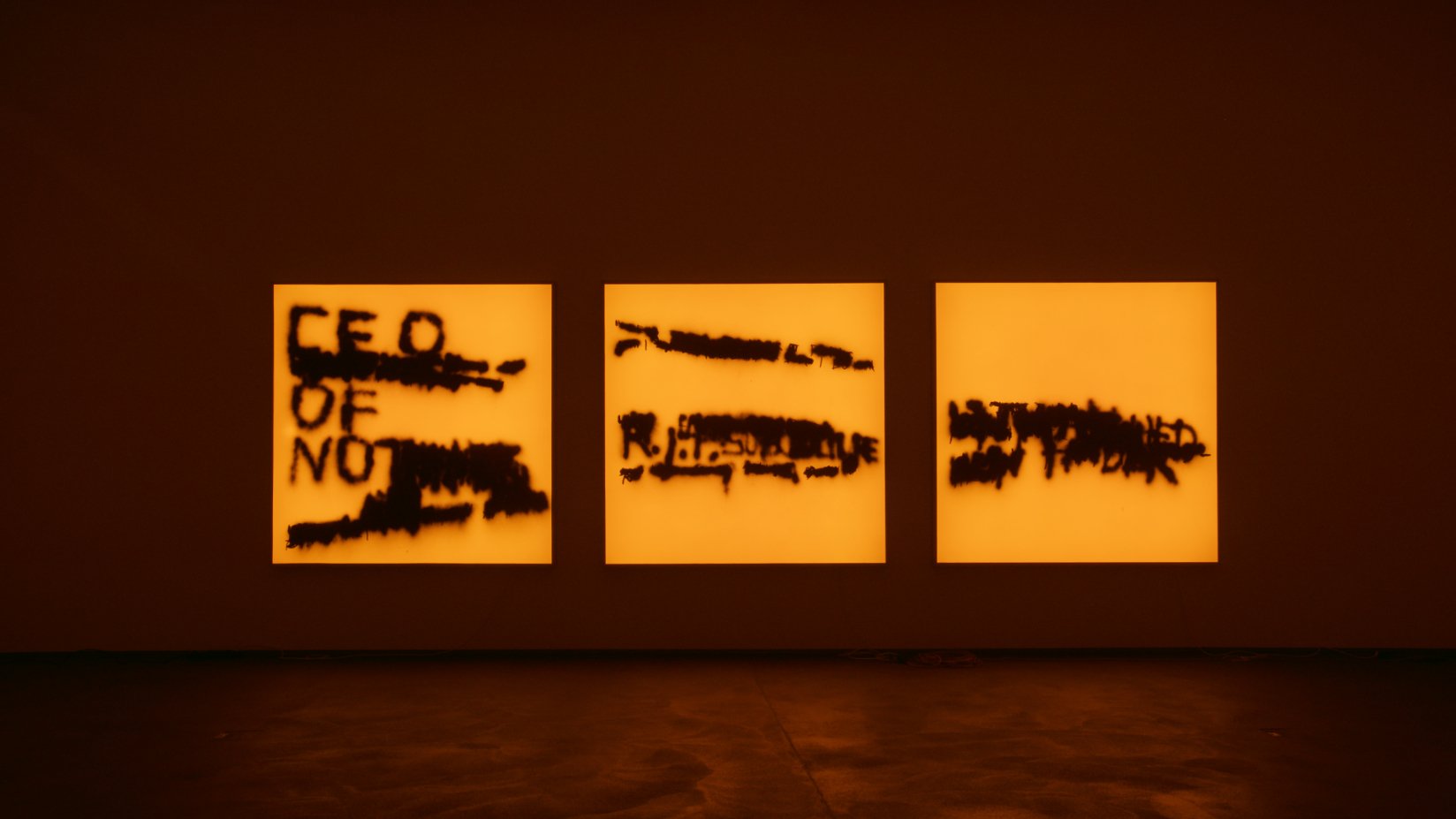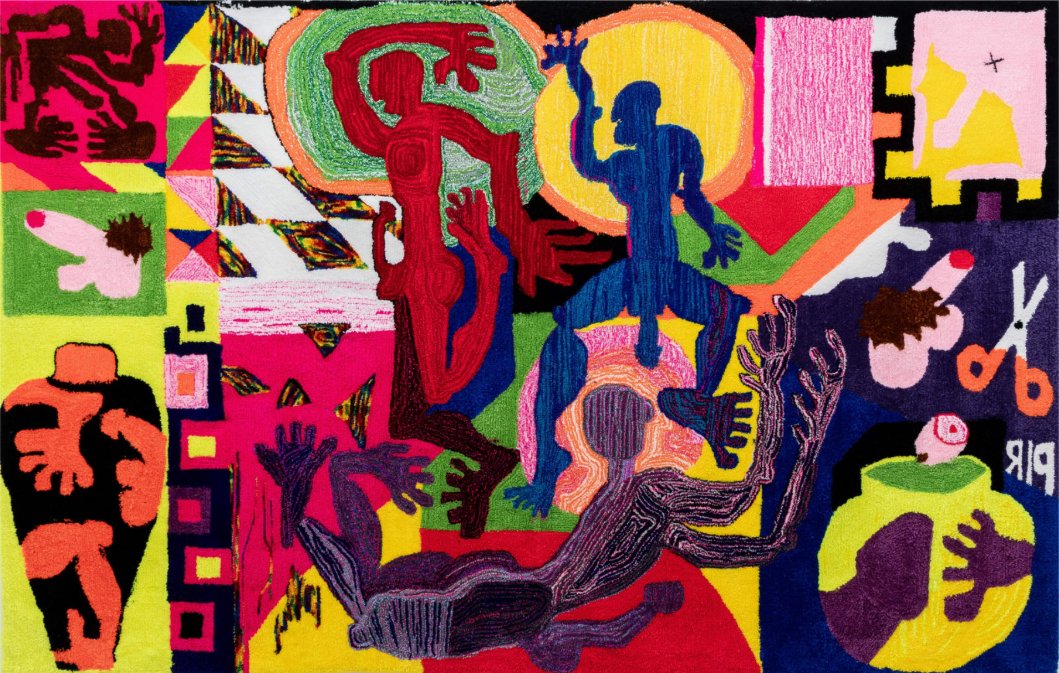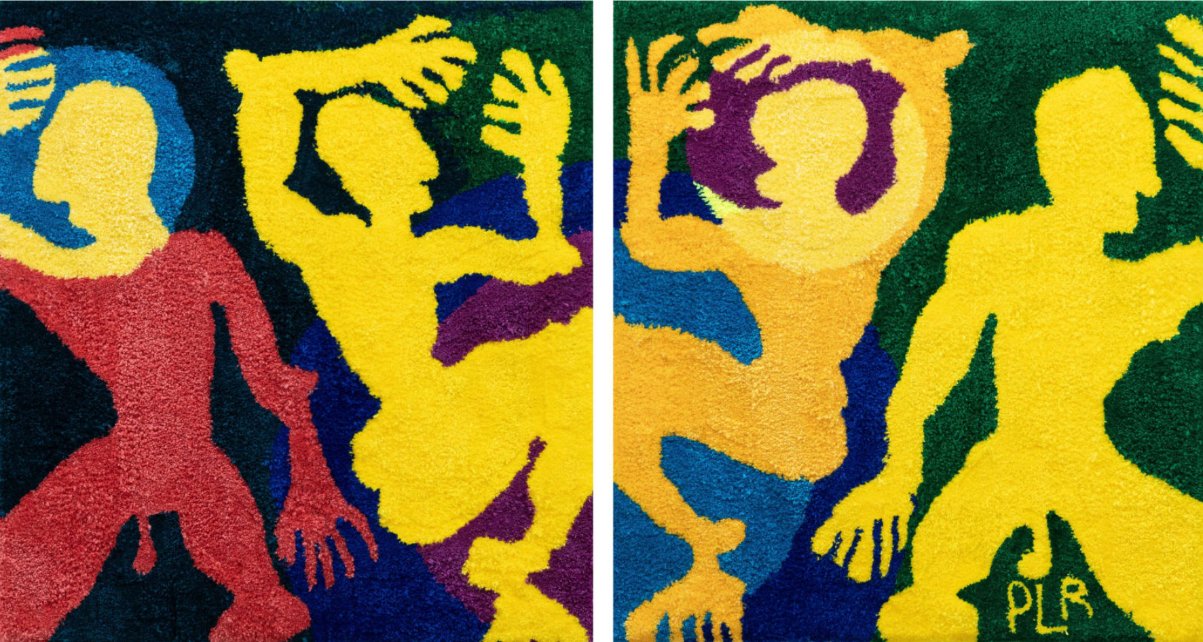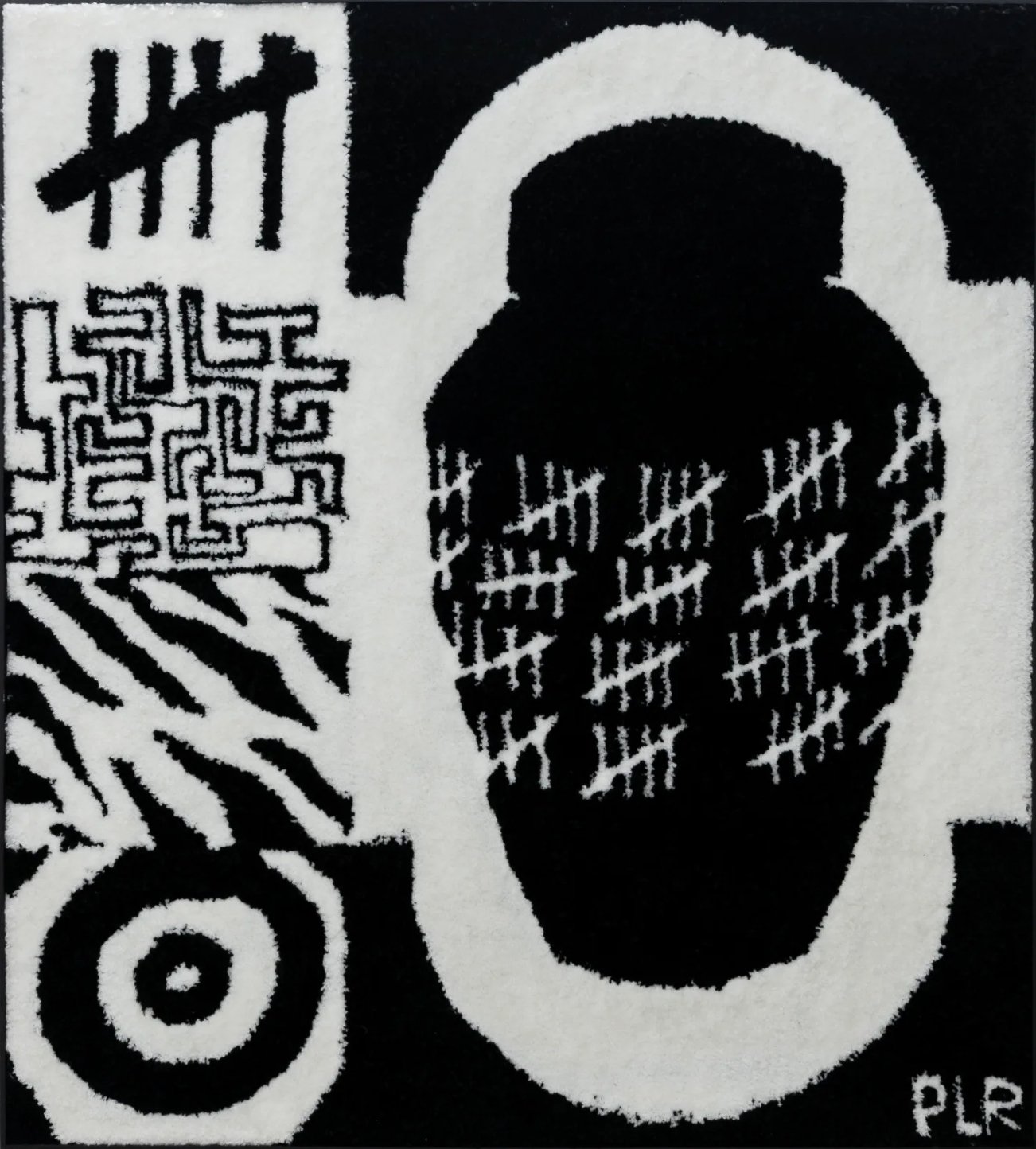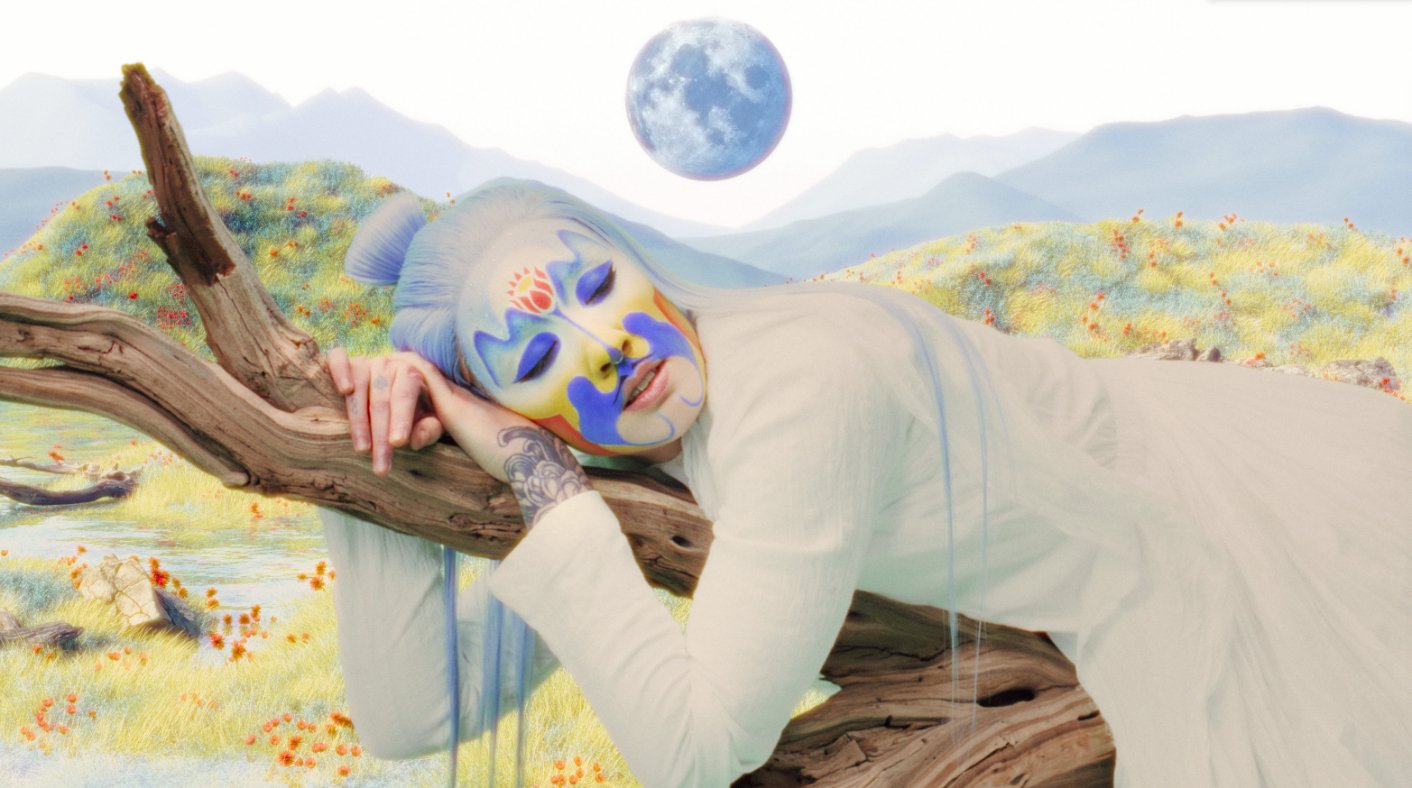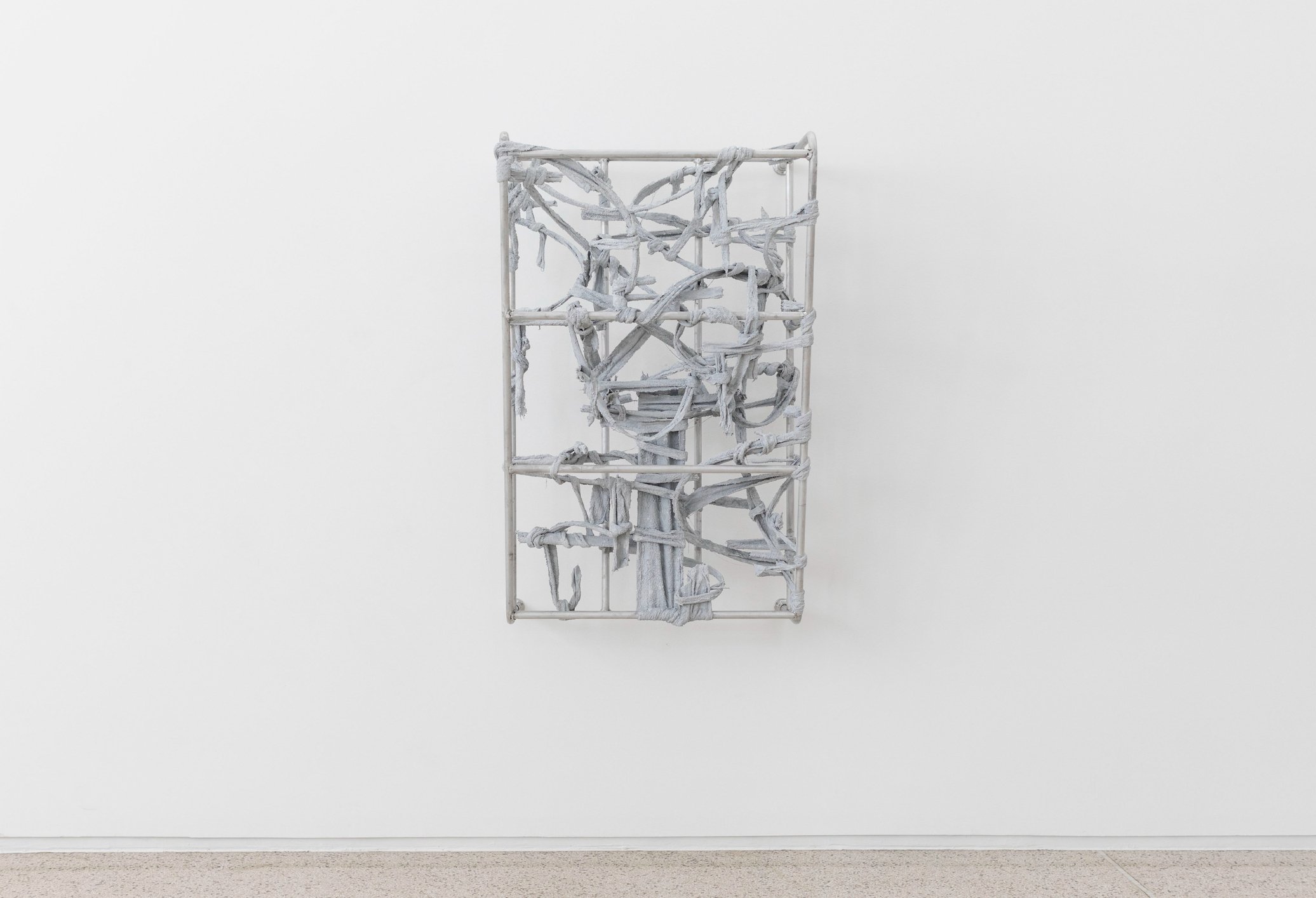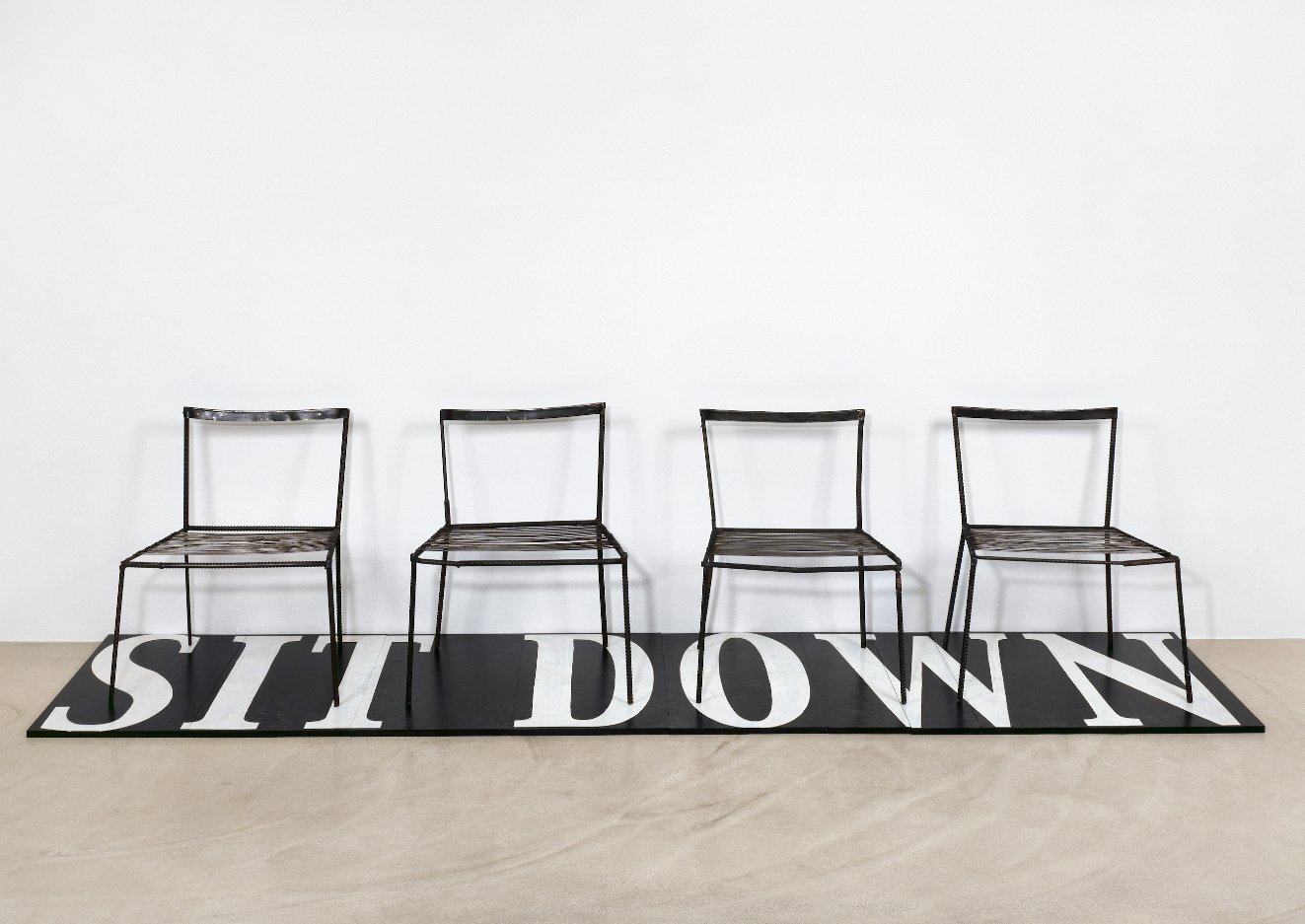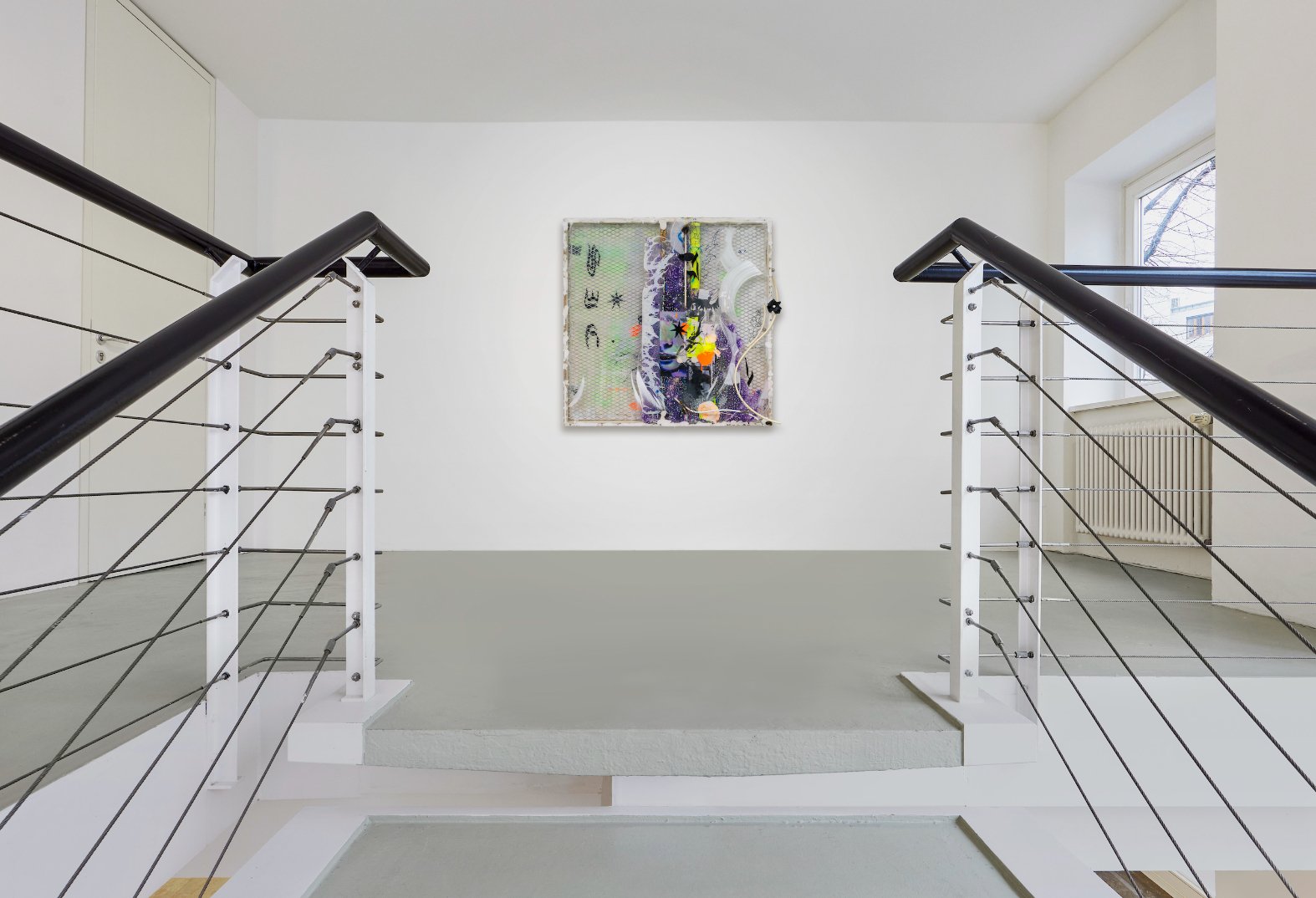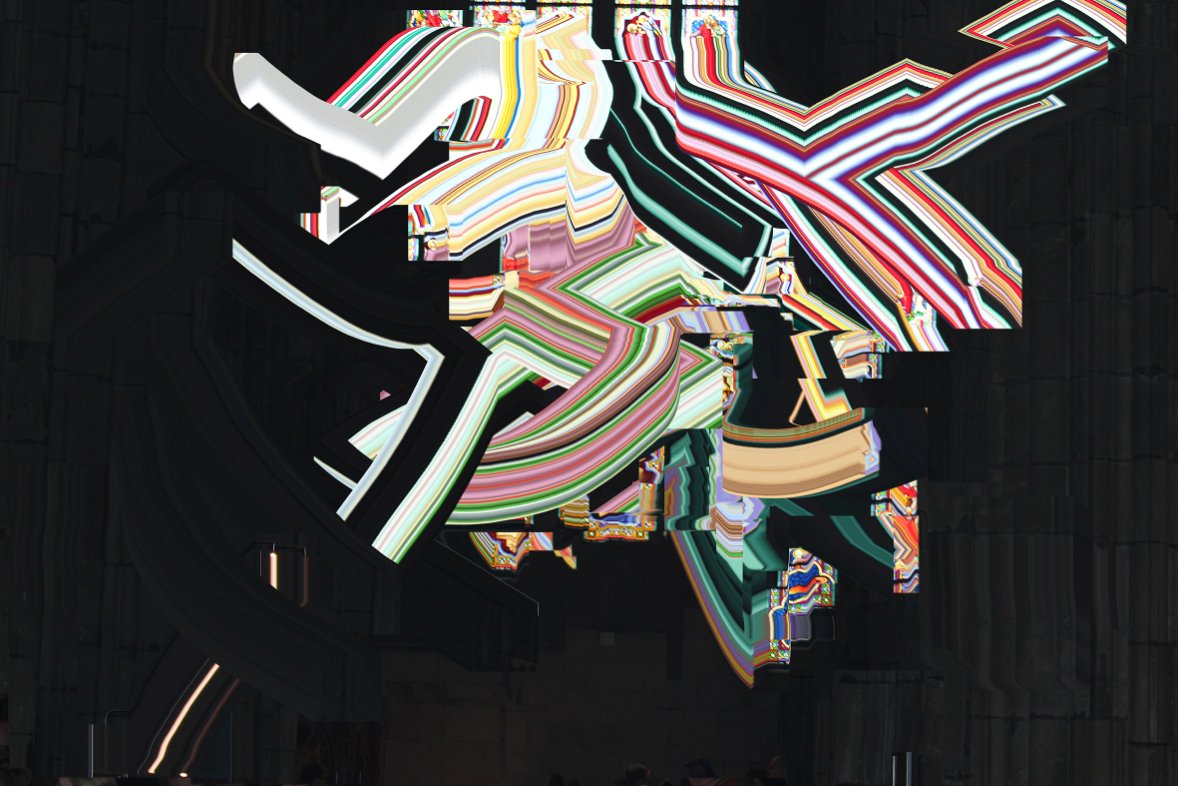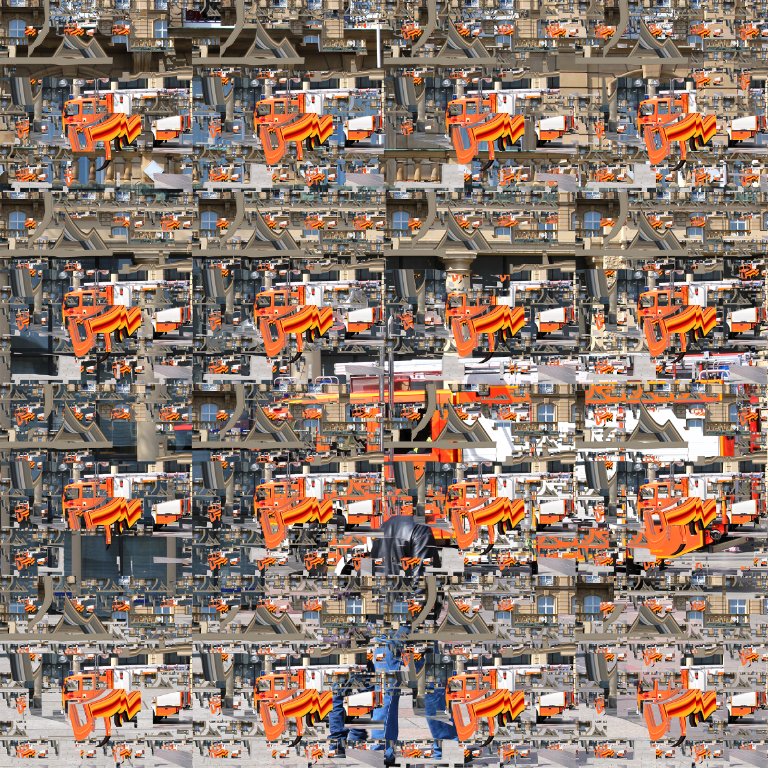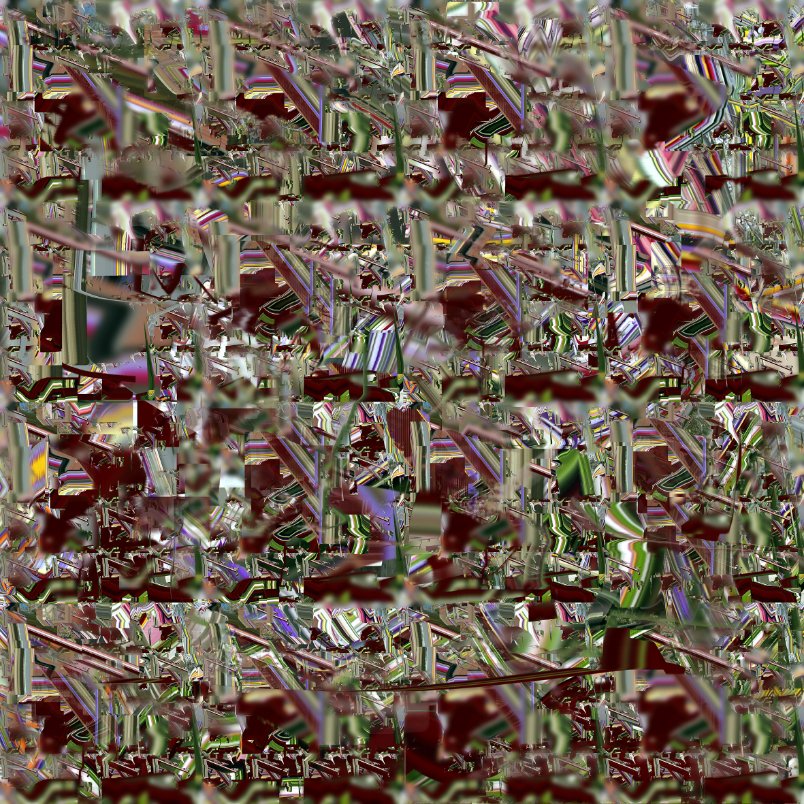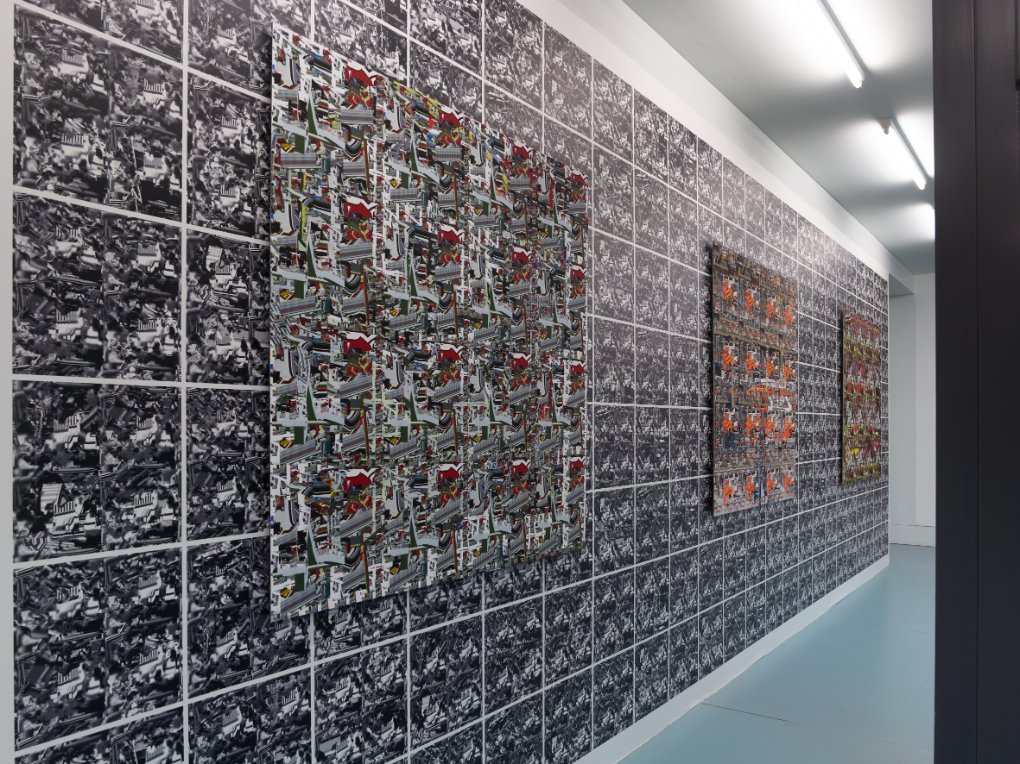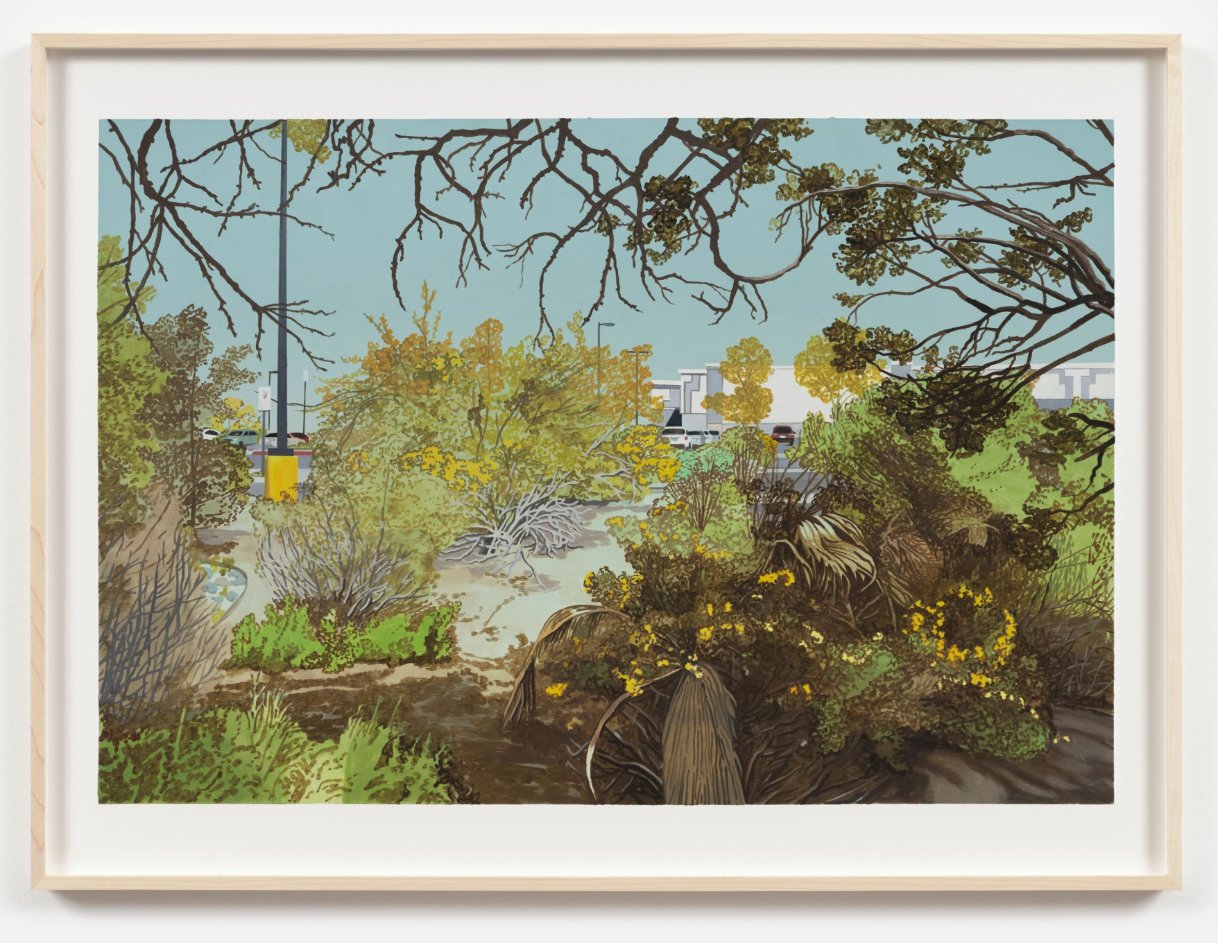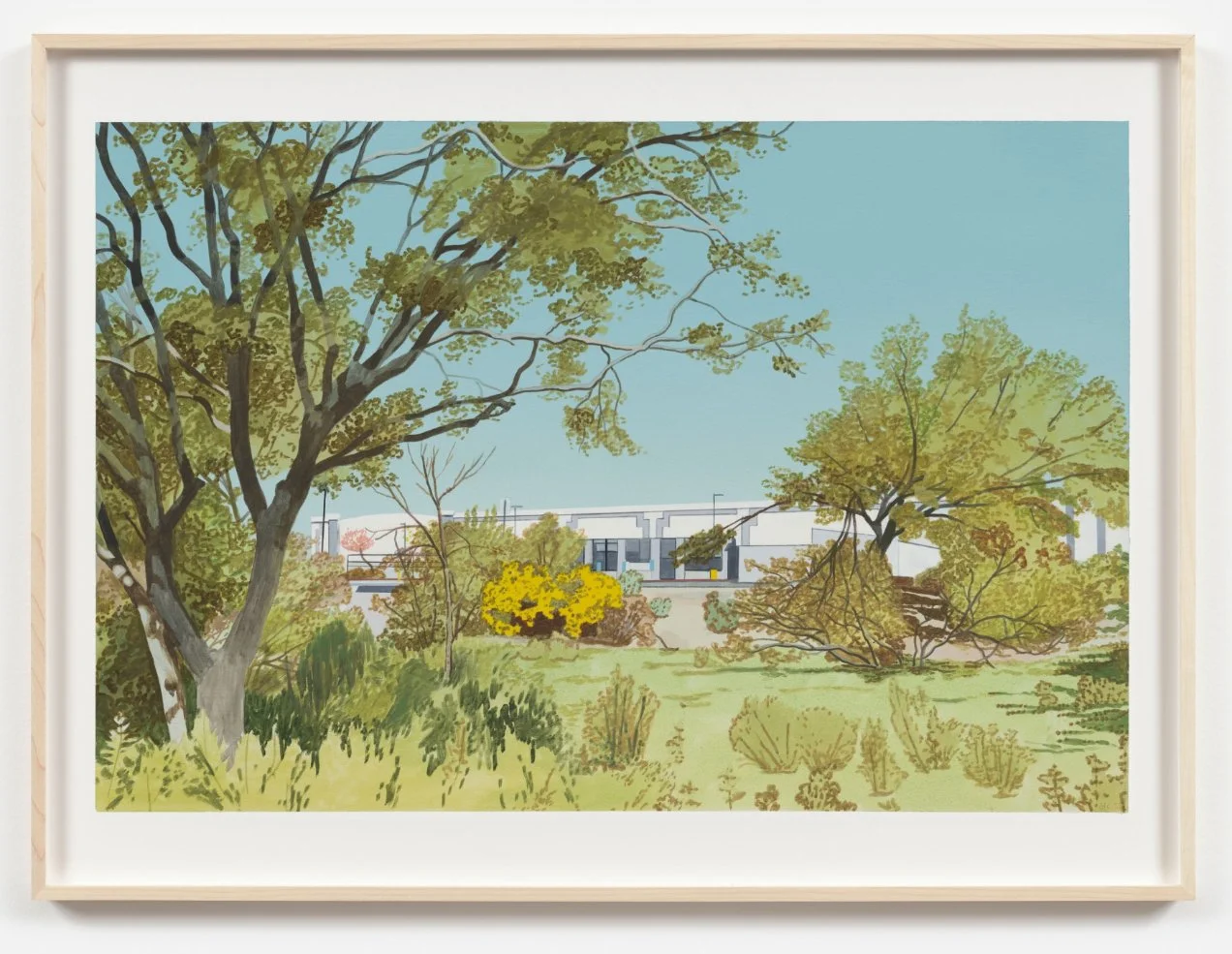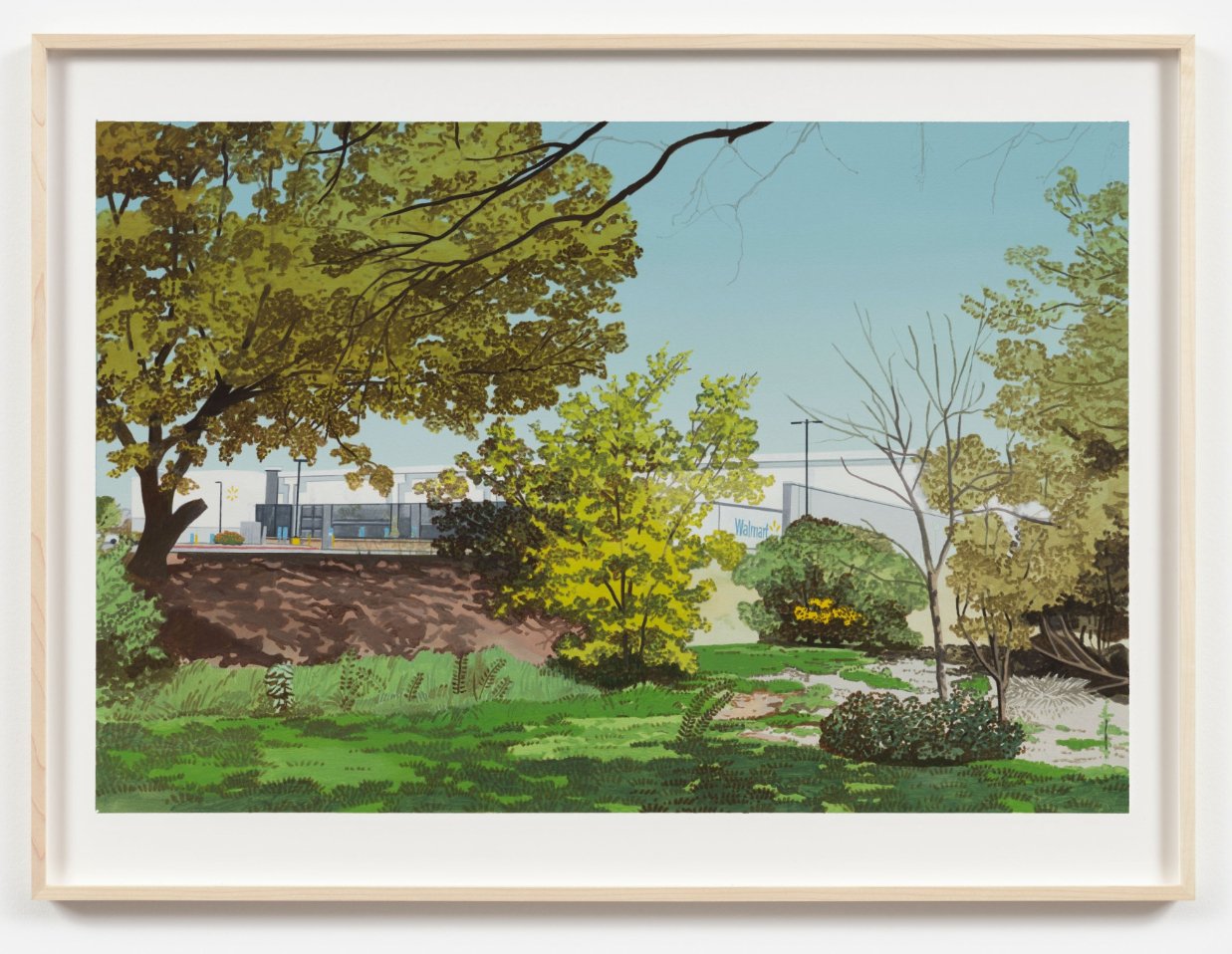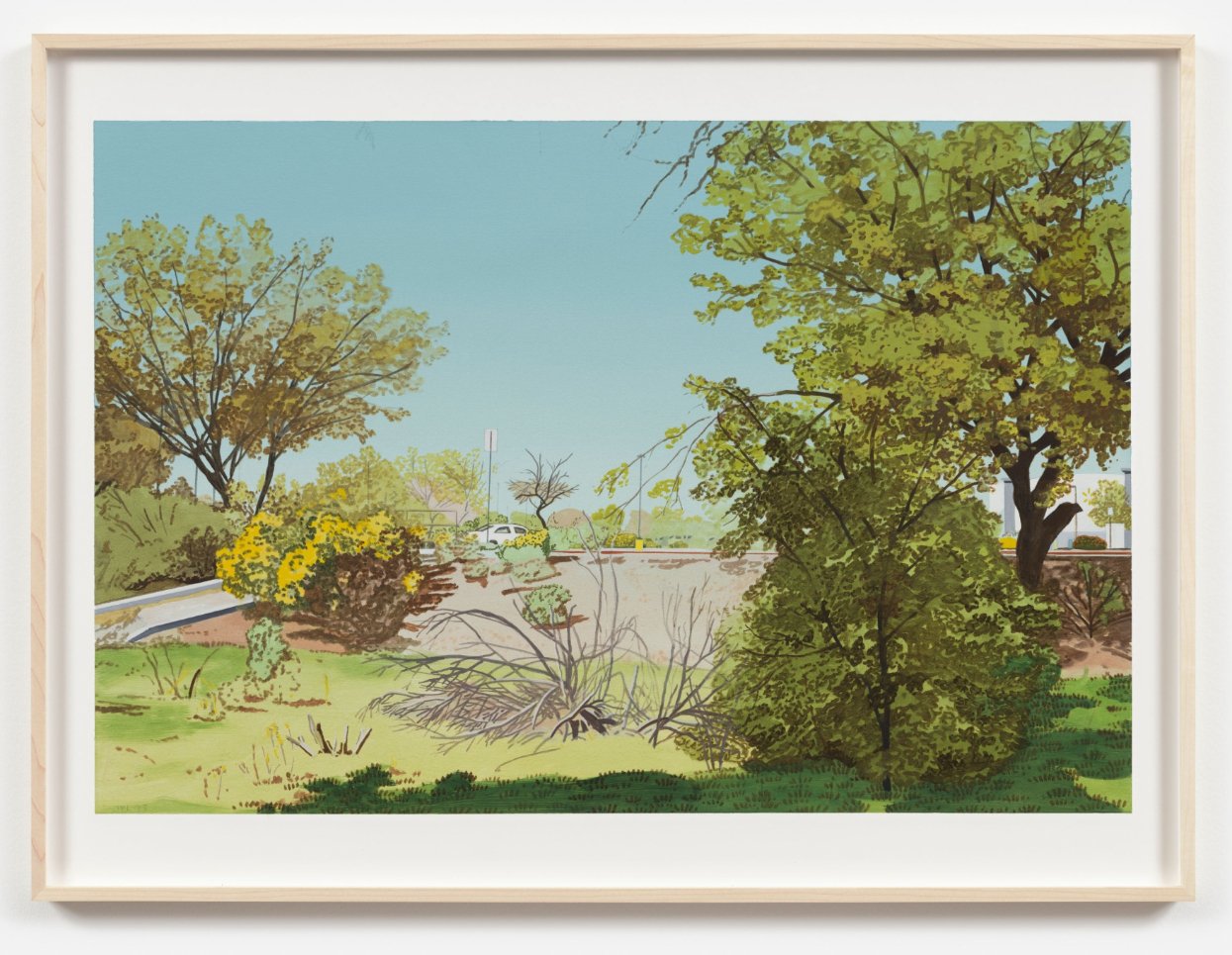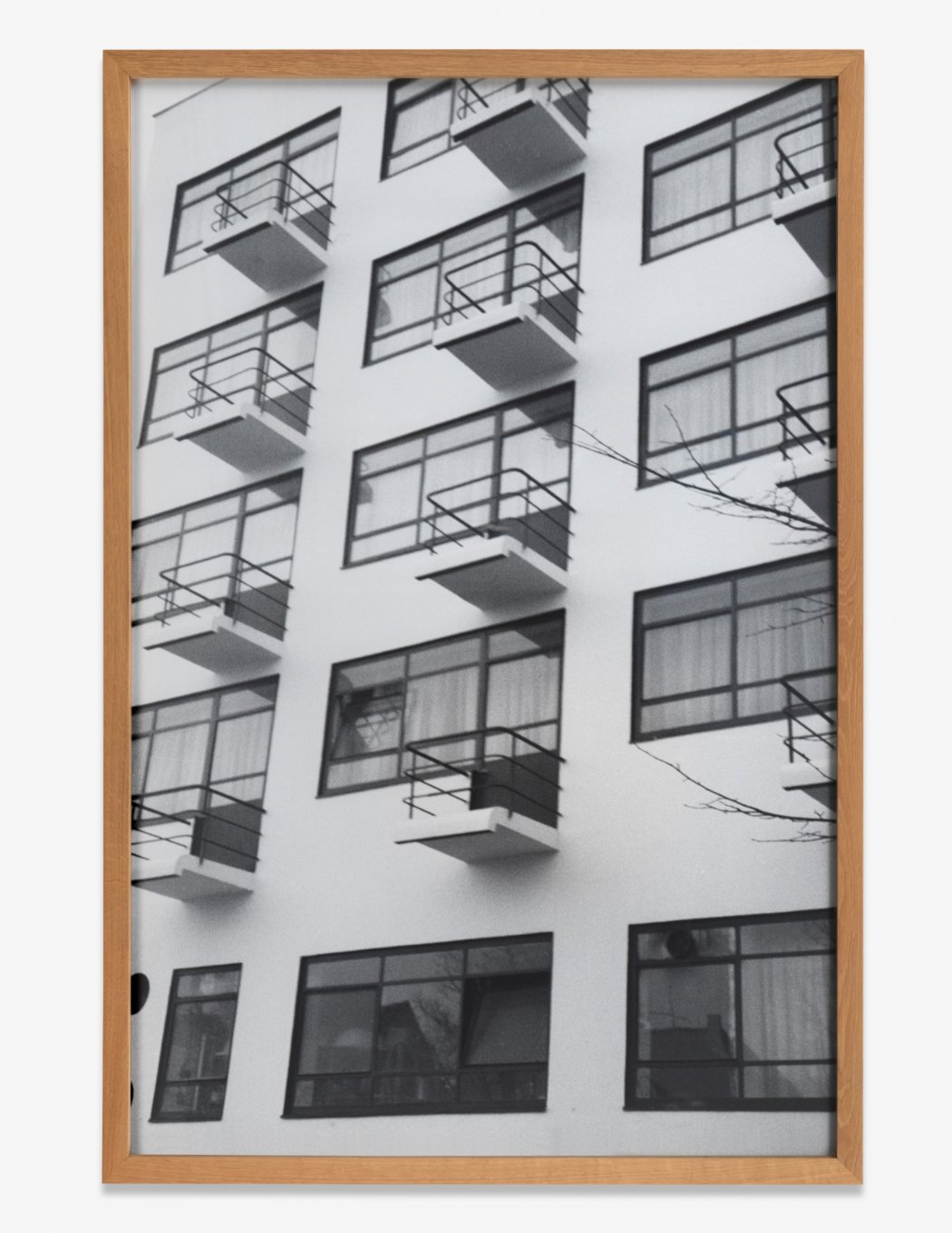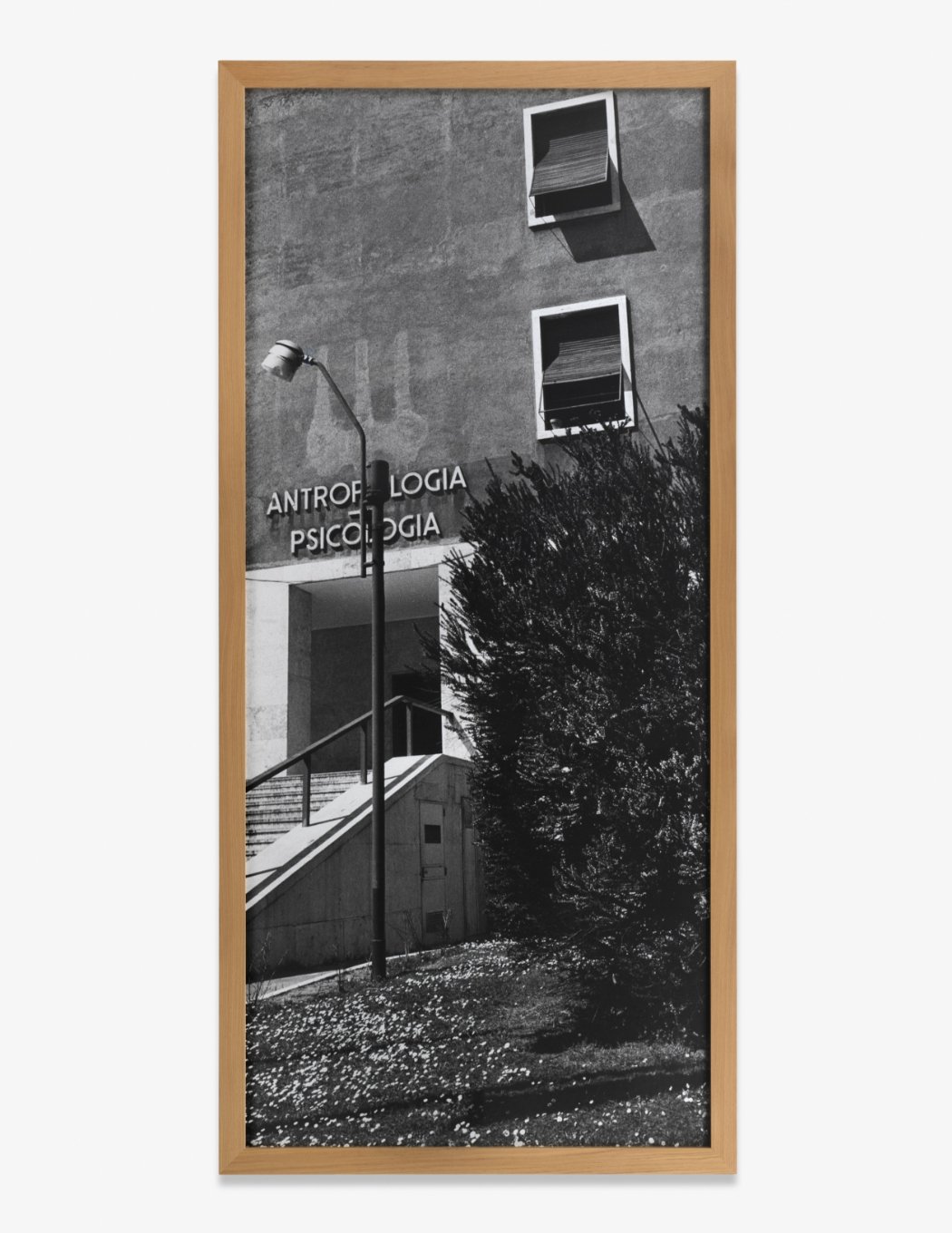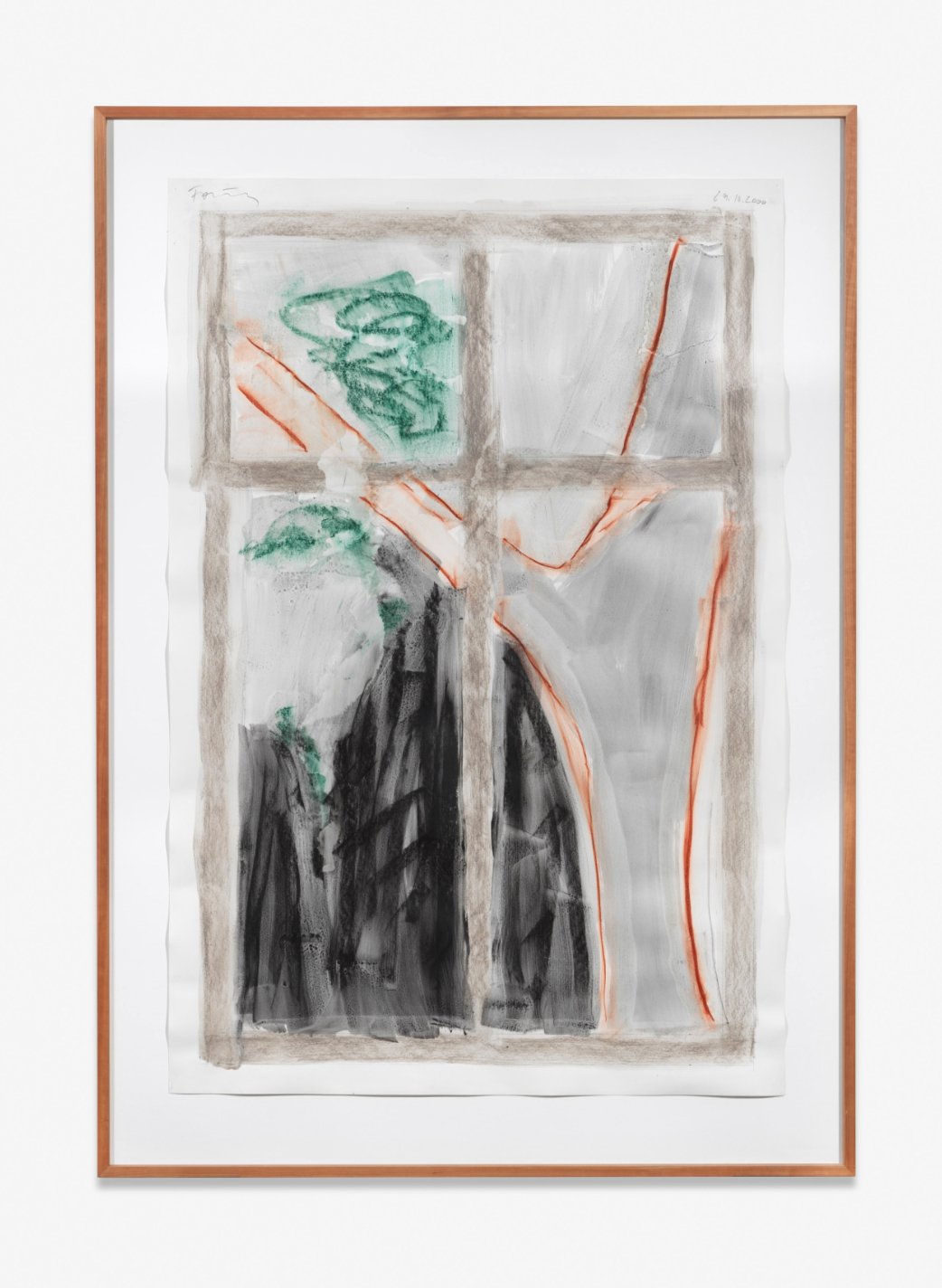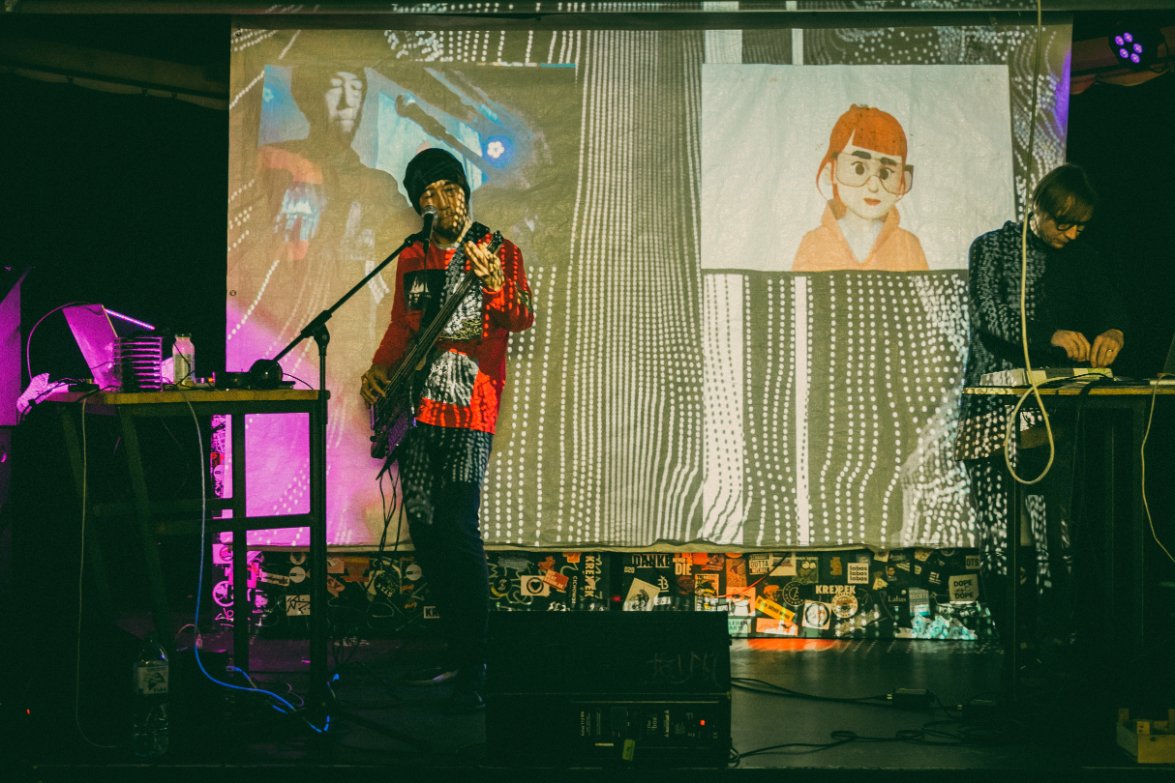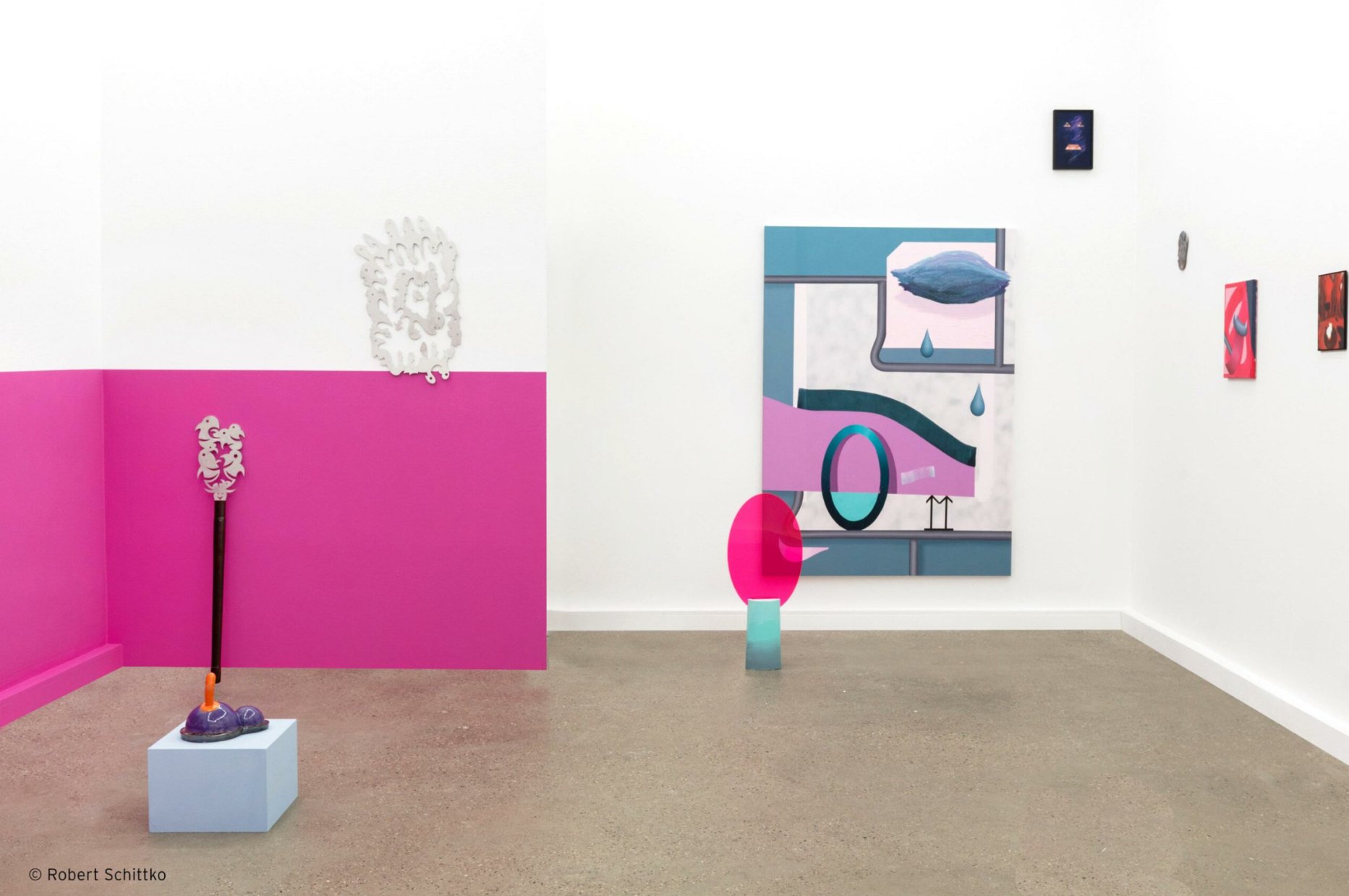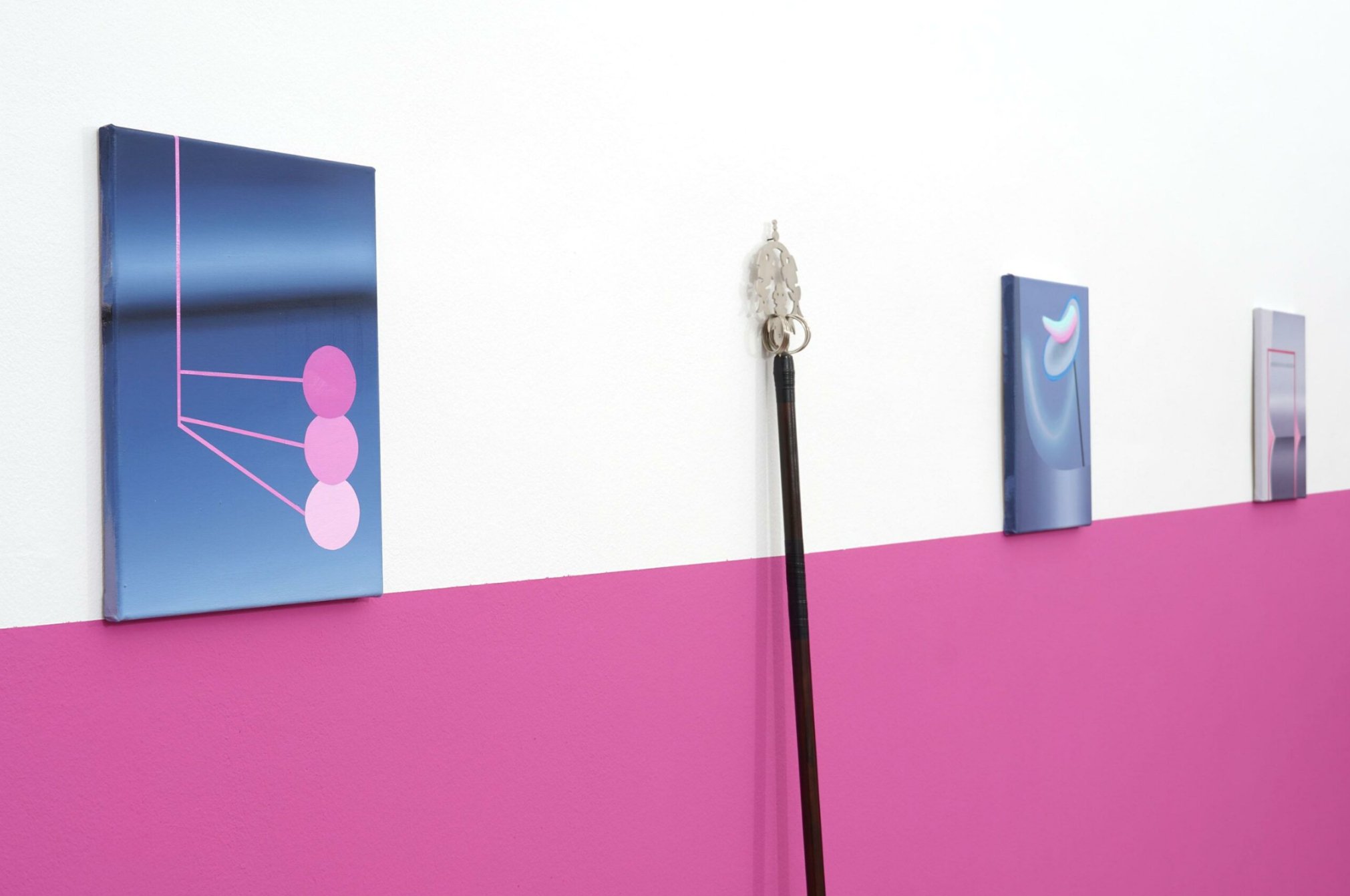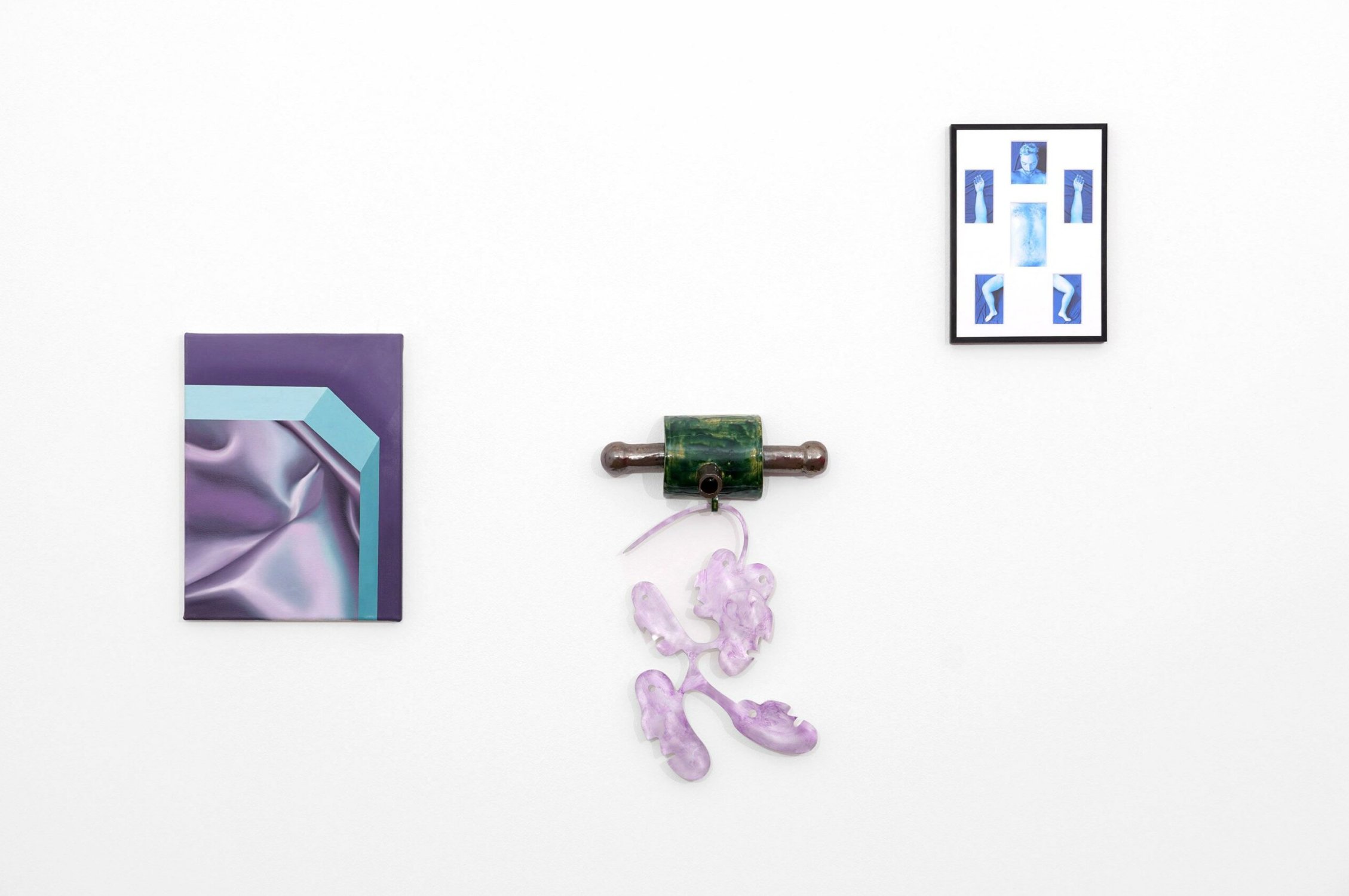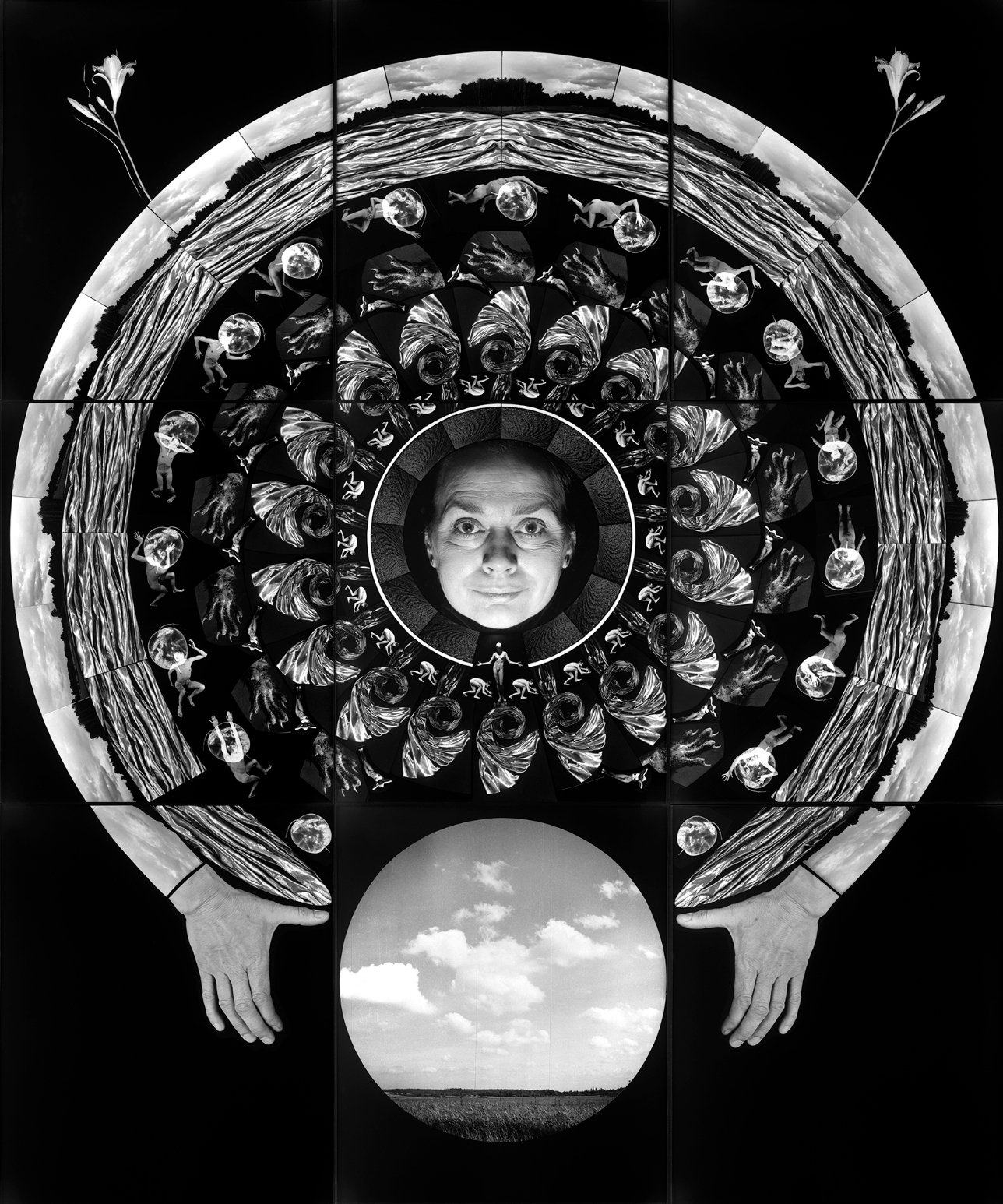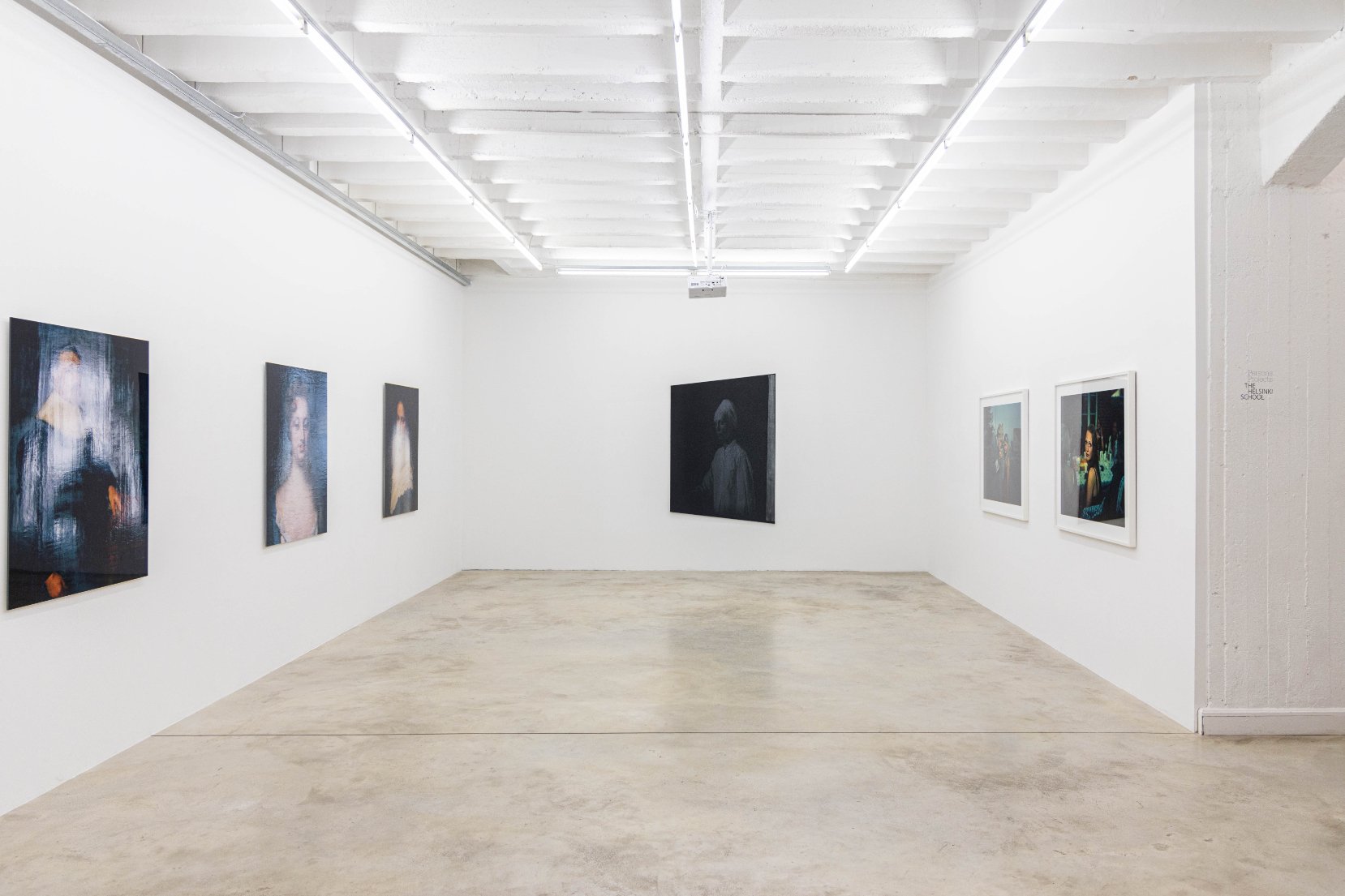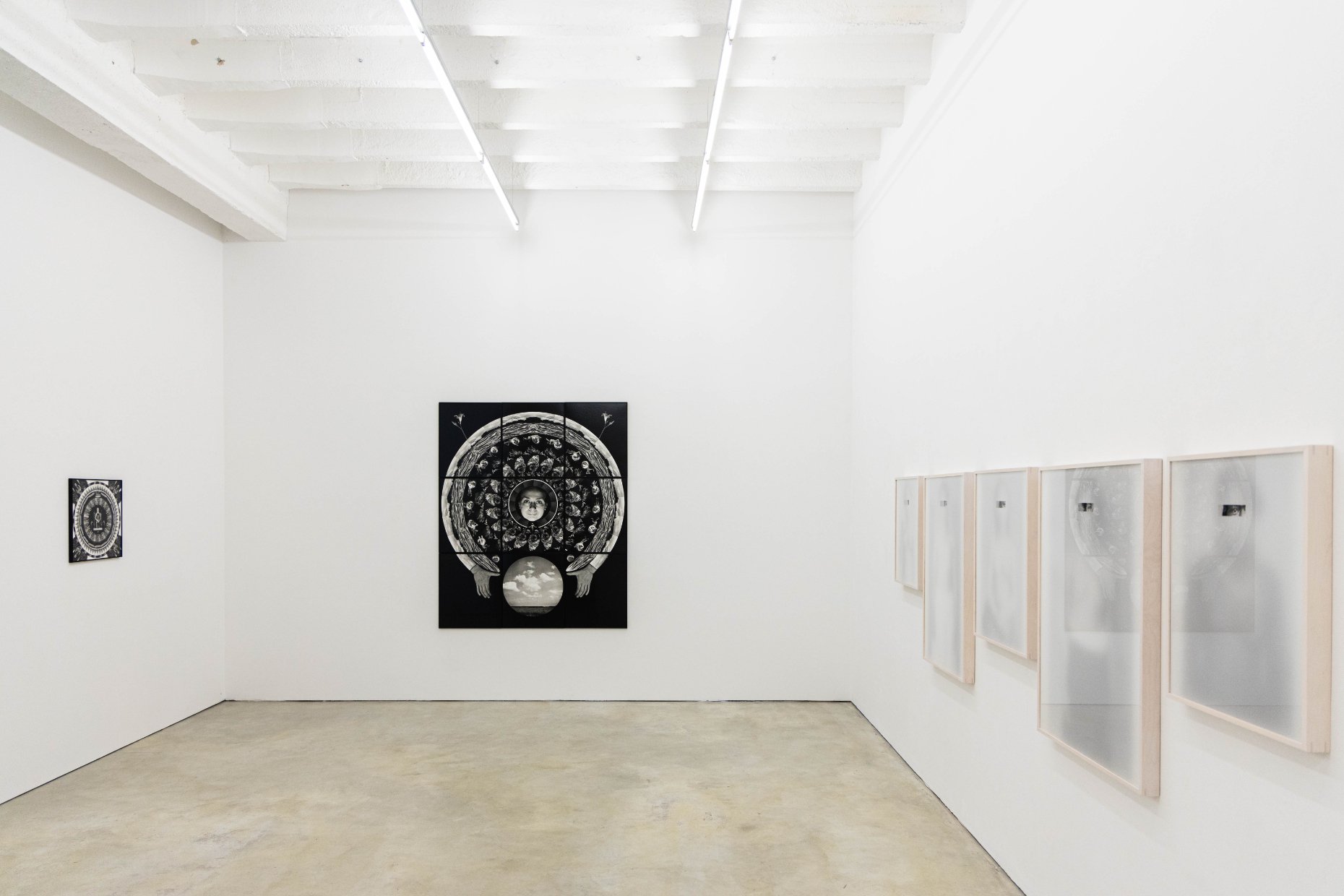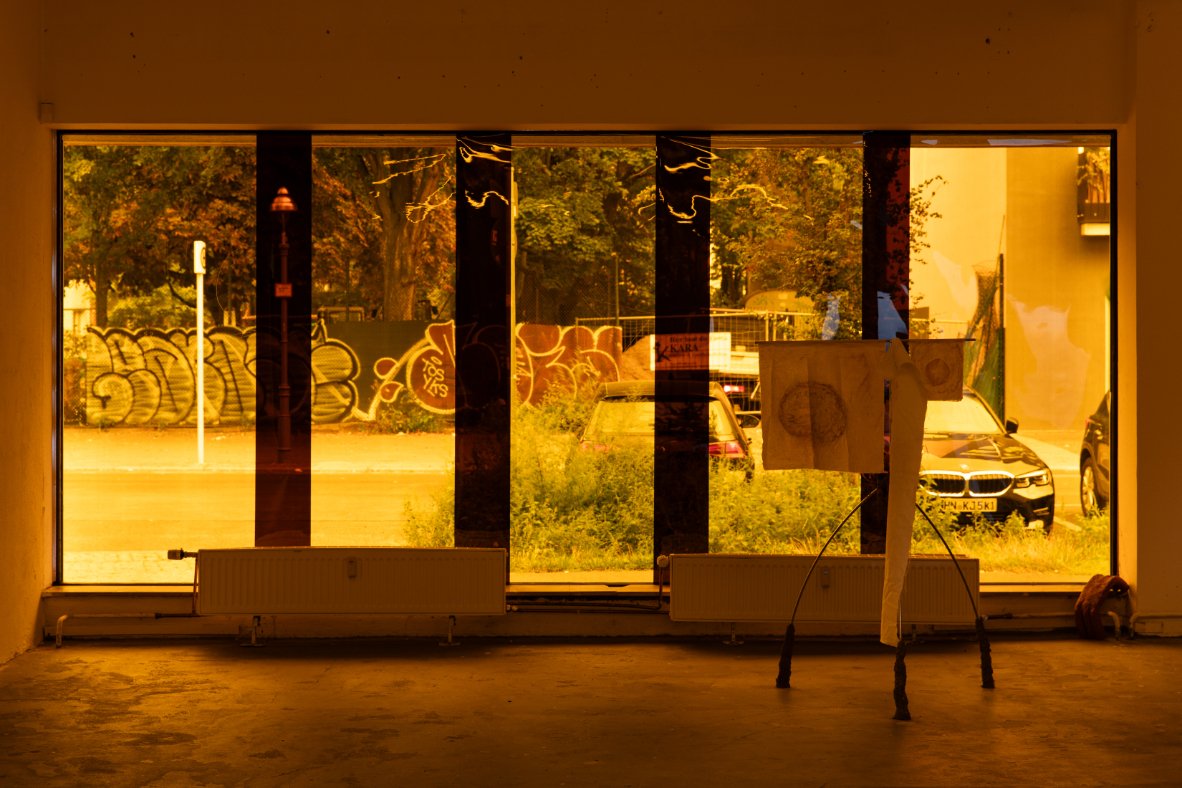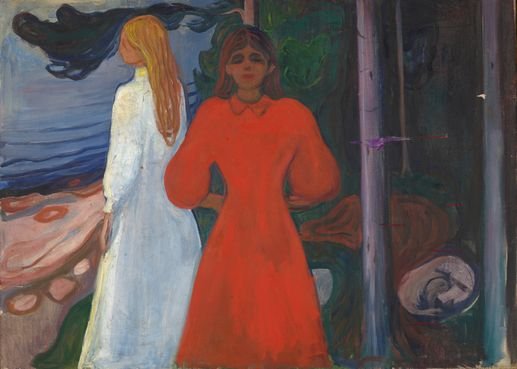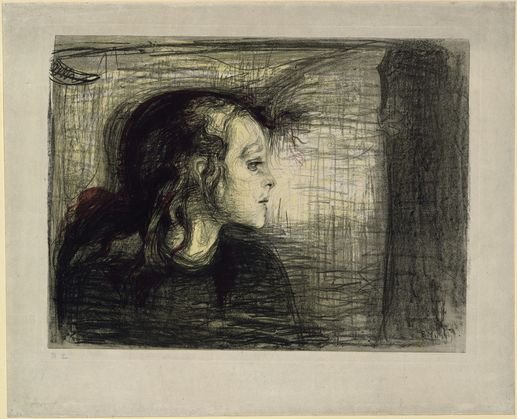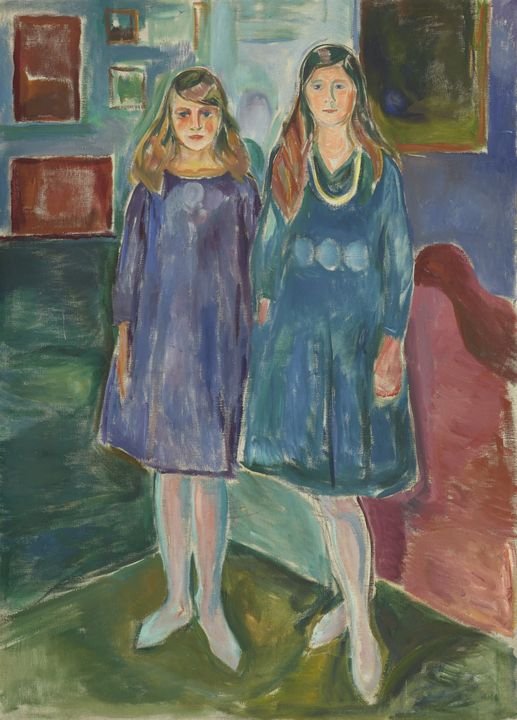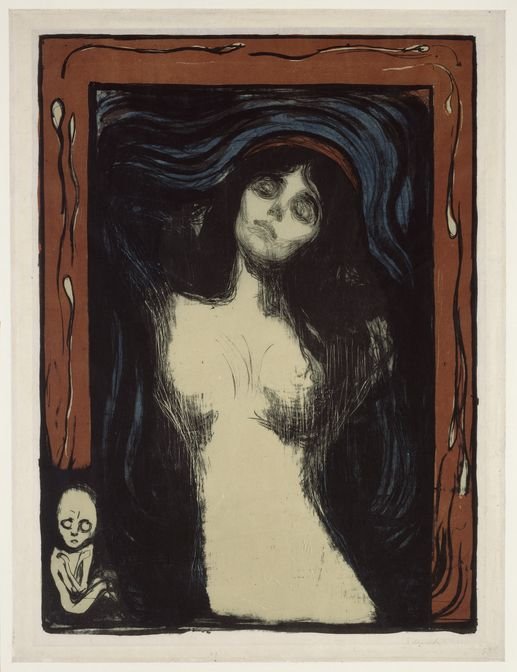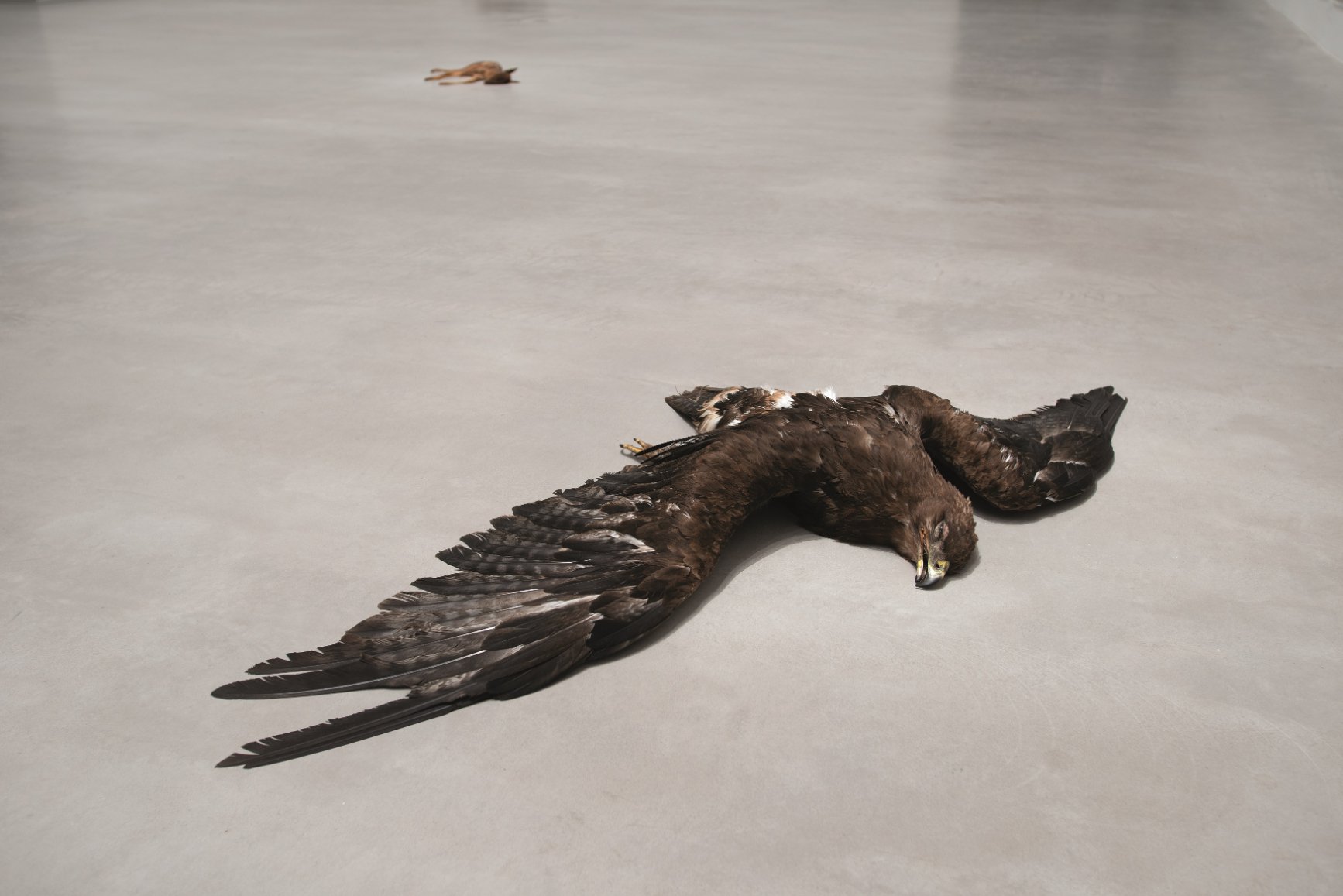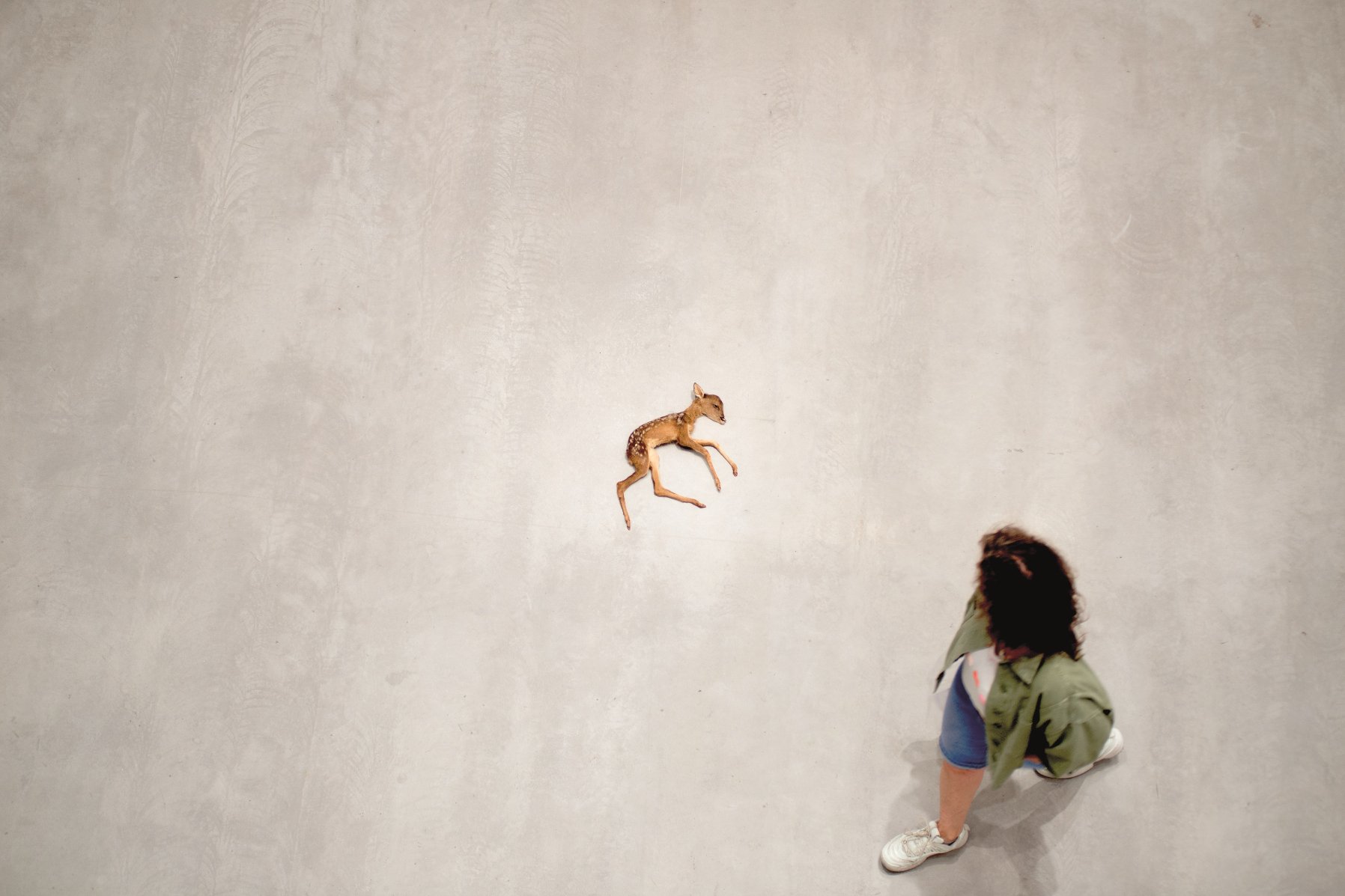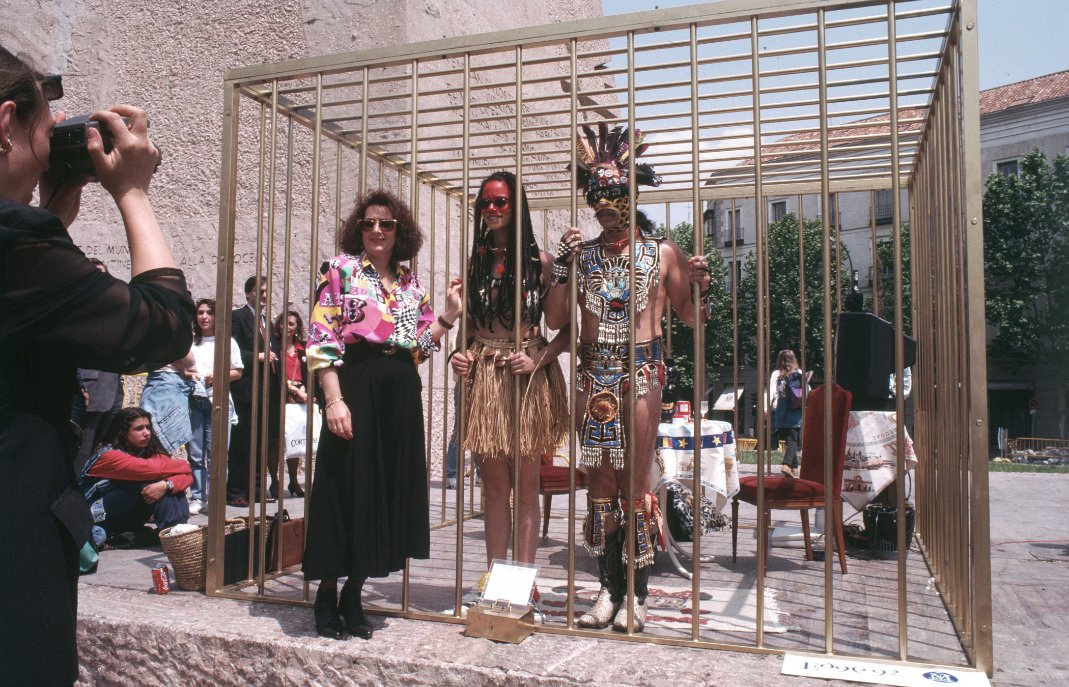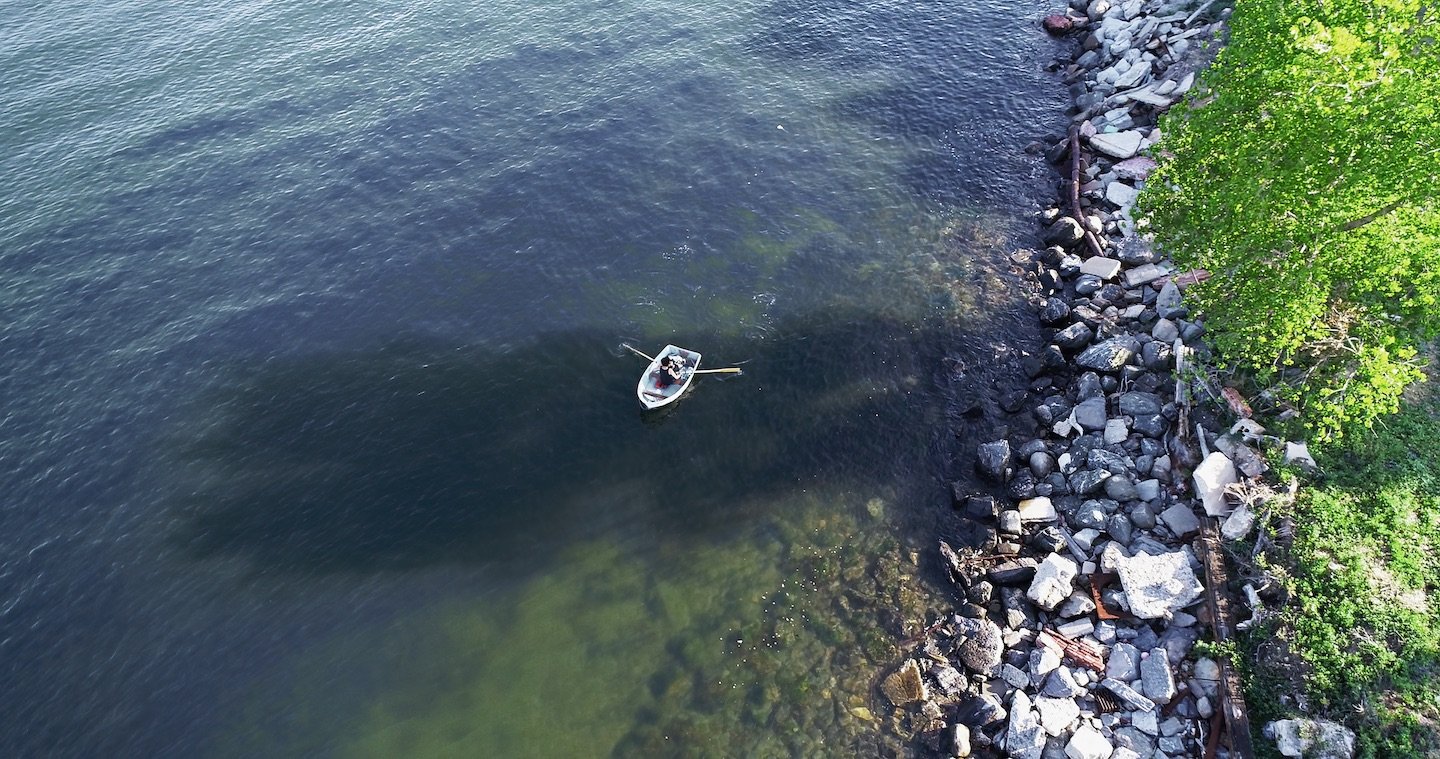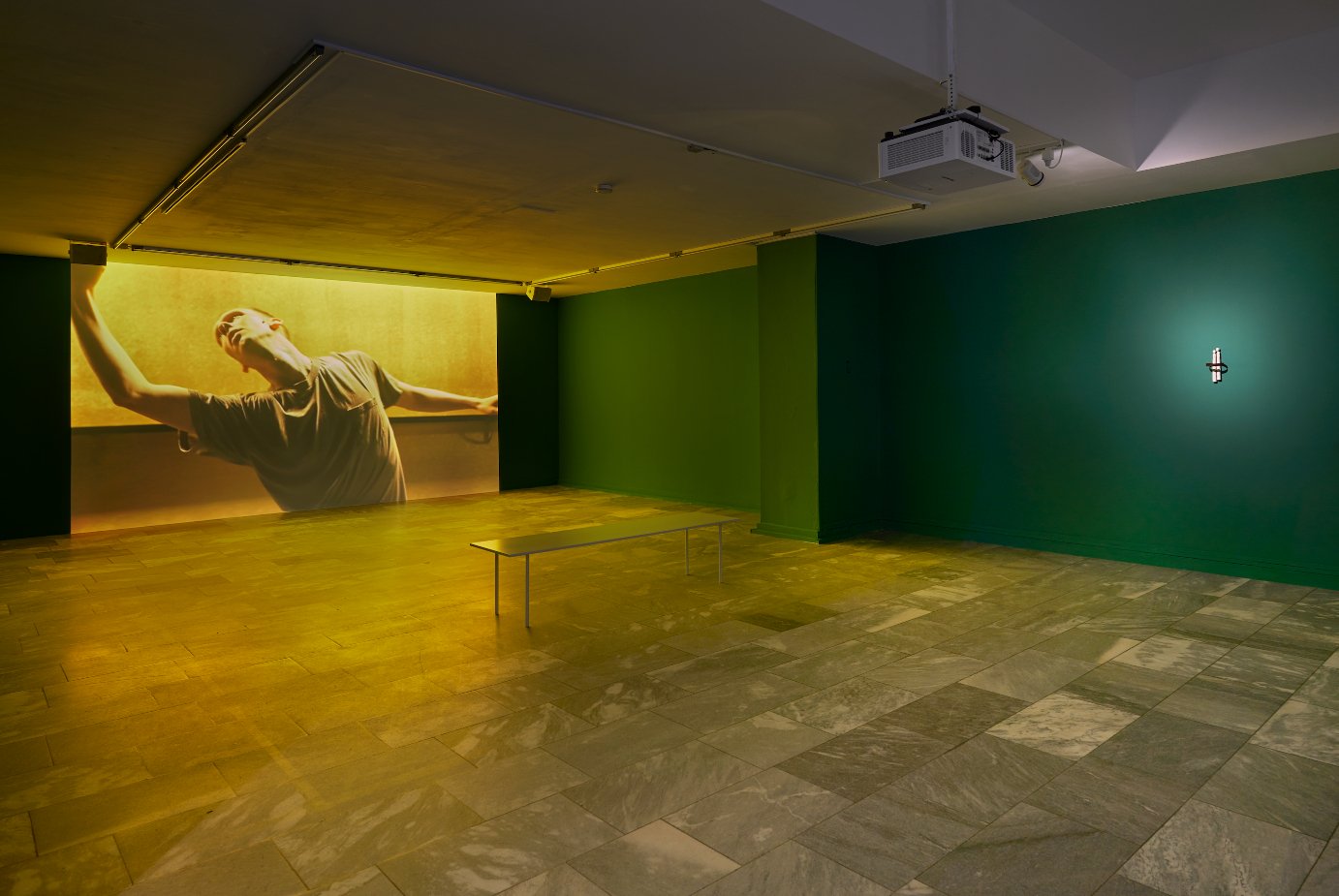In Under Shadows, KORNFELD Galerie Berlin unveils not just a duo exhibition, but a reckoning with the unseen forces that shape us. Tamara Kvesitadze and Shunxiang Hu — artists born worlds apart — meet in a shared terrain of exile, resilience, and refusal. The result is haunting and quietly revolutionary.
Kvesitadze, from Georgia, has long used sculpture and painting to explore the female body as a site of memory, fragmentation, and myth. Her work carries the imprint of a nation on the brink — caught between past and present, repression and revolt. Shunxiang Hu, born in China during the One-Child Policy, offers an intimate counterpoint. As a second daughter, she was forced to relinquish her identity to survive. Her portraits, hushed and uncanny, hold this rupture close to the surface. Faces emerge like ghosts — fragile, luminous, searching.
The artists met in Berlin in late 2024, sharing not only a space but a sense of displacement. The dialogue that emerges is profound: two women from vastly different geographies tracing parallel lines through shadow — political, cultural, psychological. Their work does not offer answers. It offers atmosphere. Texture. A choreography of what’s left unsaid.
The shadow in this exhibition is not absence — it is narrative. It holds the things that were never meant to be seen: buried selves, censored memories, forgotten bodies. Kvesitadze’s sculptural forms resist coherence; they are part relic, part dream. Hu’s portraits flicker between presence and erasure, shaped by a history that deemed her existence illegal. And yet, here they are — visible, intentional, luminous.
Under Shadows is not concerned with spectacle. It doesn’t scream. It hums, low and steady. It reminds us that survival often takes the shape of quietness, that transformation can occur beneath the surface, where light barely touches.
In a moment where visibility is commodified, this exhibition argues for the power of what lies beneath — for the right to complexity, ambiguity, and opacity. Kvesitadze and Hu don’t just make art. They reclaim space. They make the shadow speak.
This is not just a show. It is a testimony — to lives lived in margins, and to the radical act of emerging from them.
Under Shadows is on view through August 23 @ KORNFELD Galerie Berlin Fasanenstr. 26 10719 Berlin

